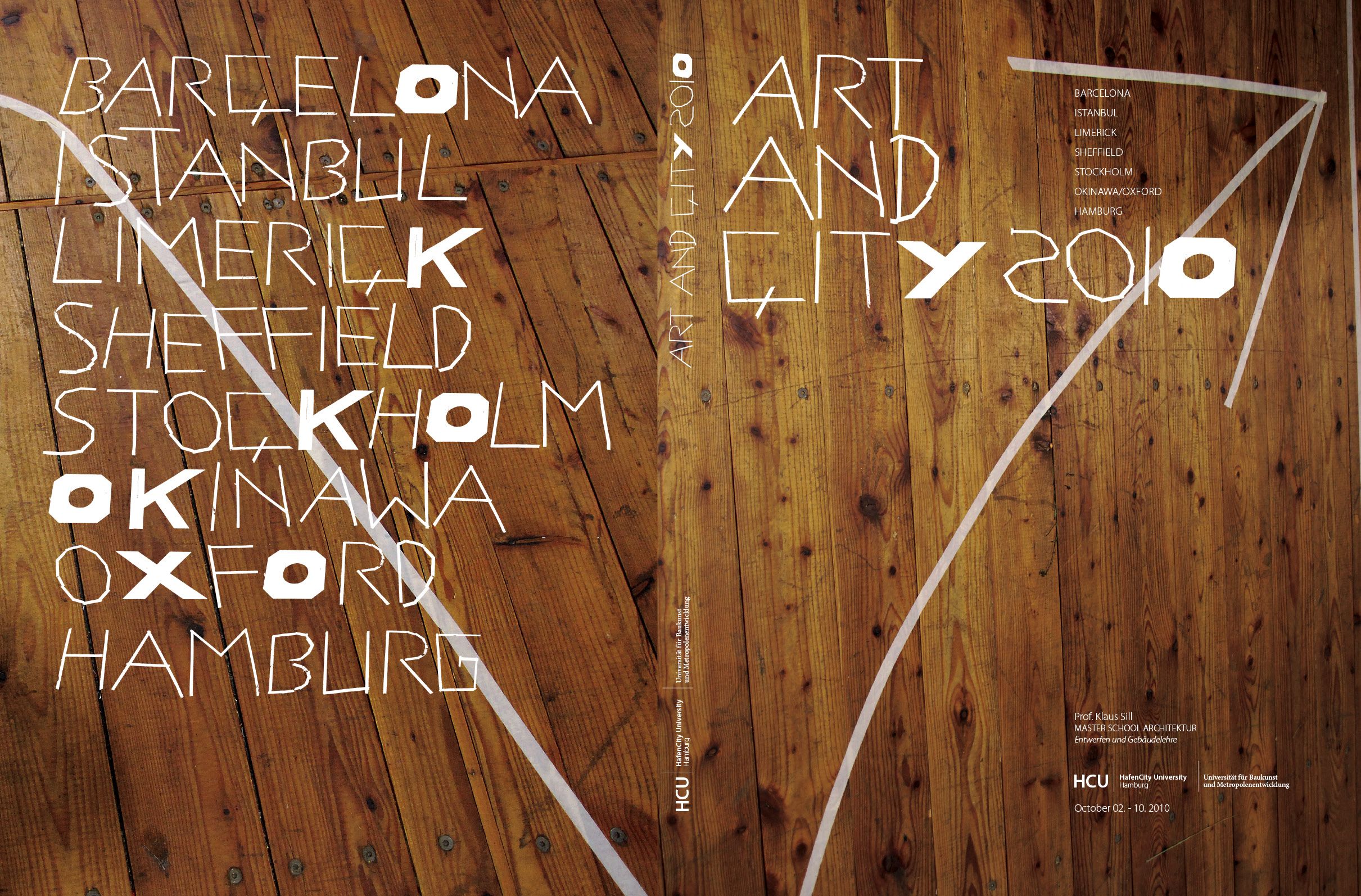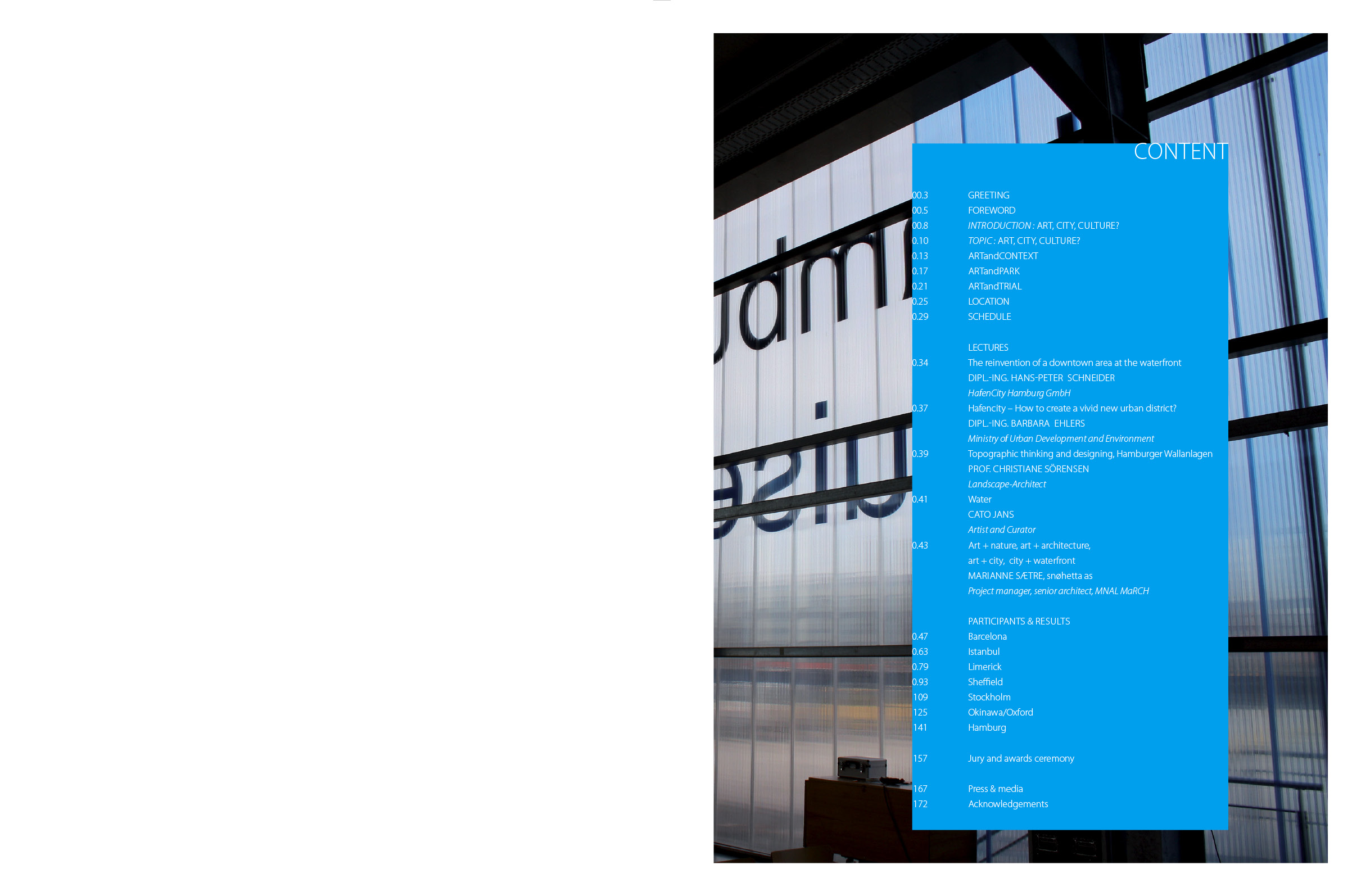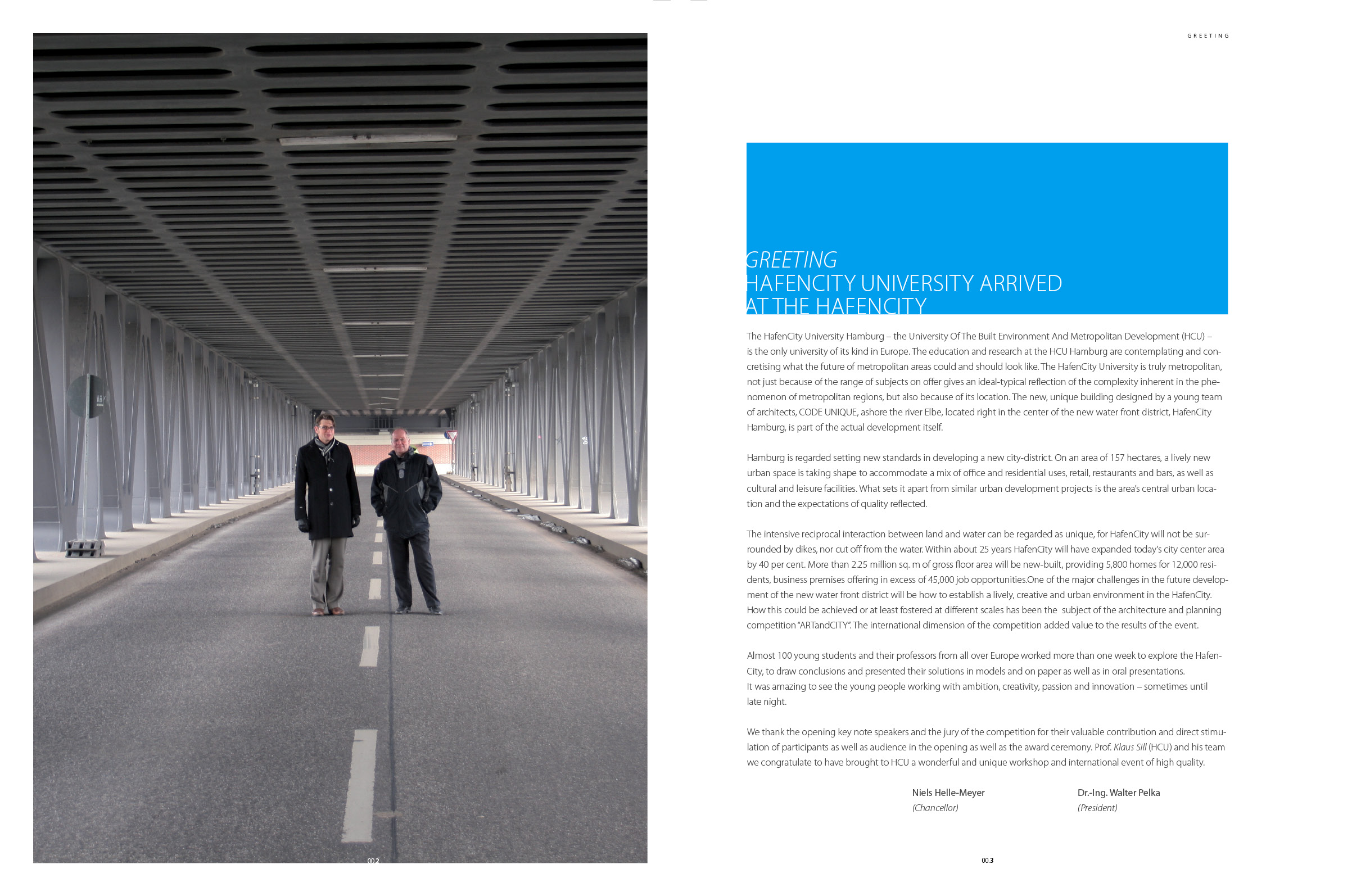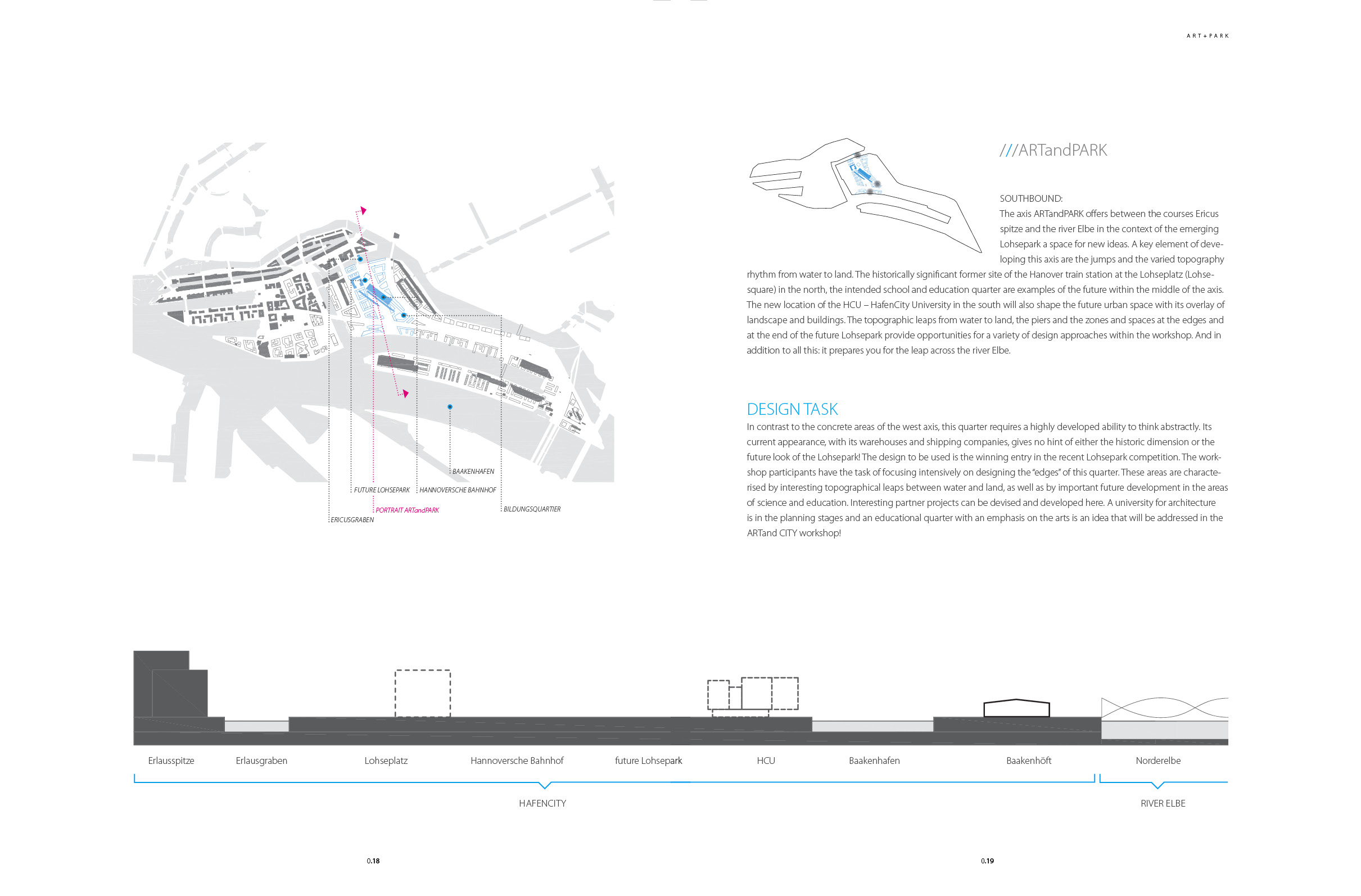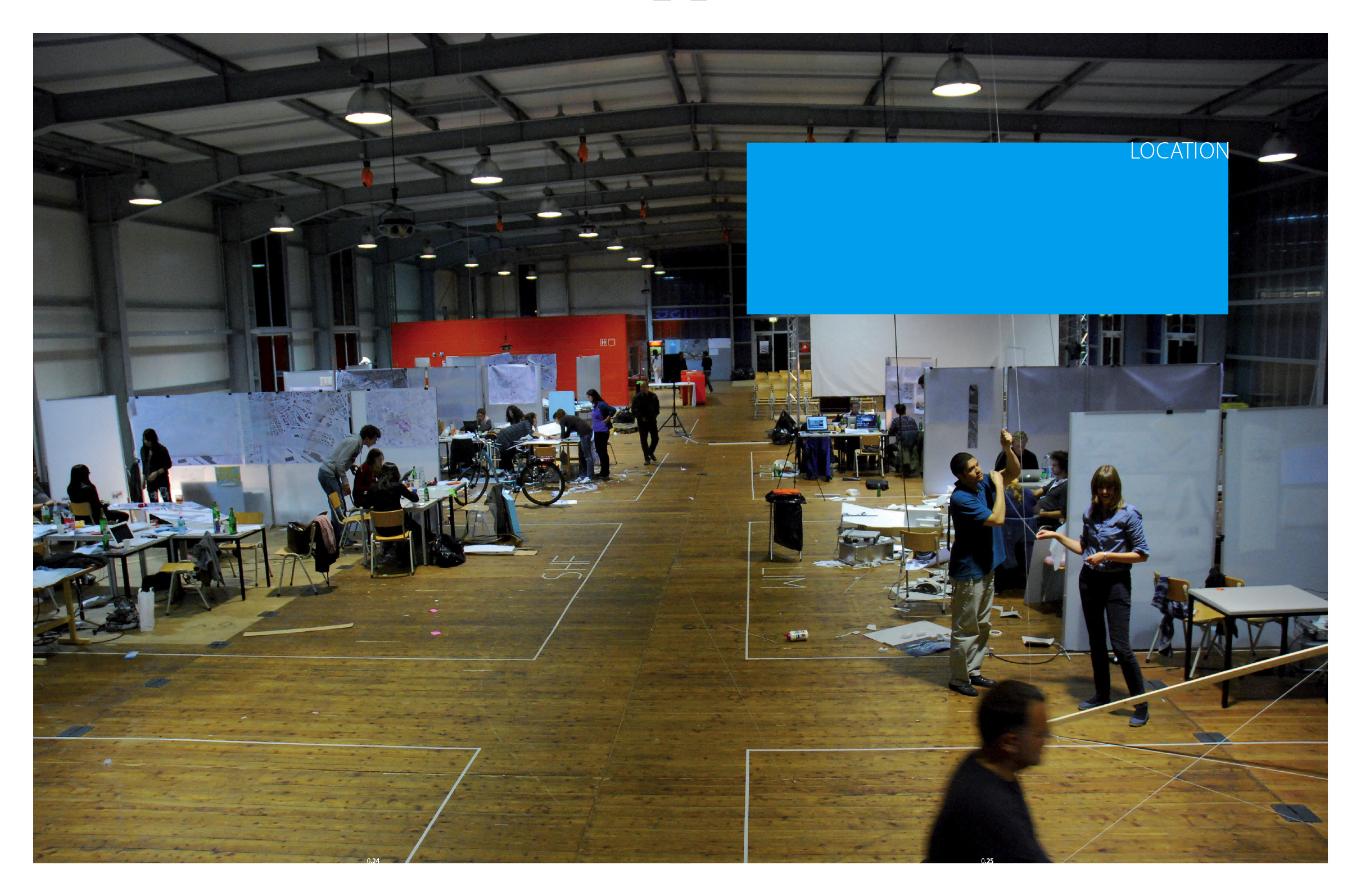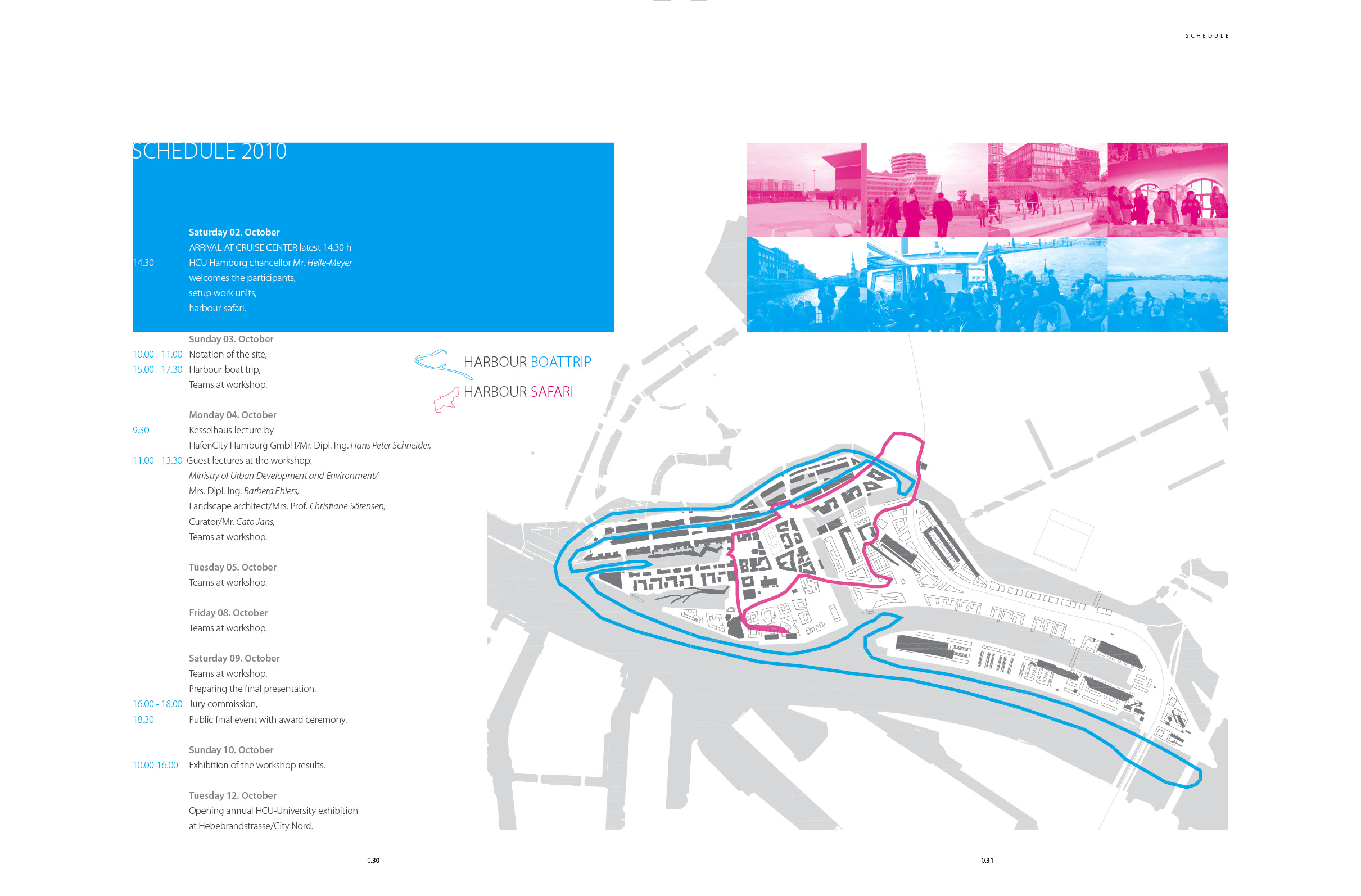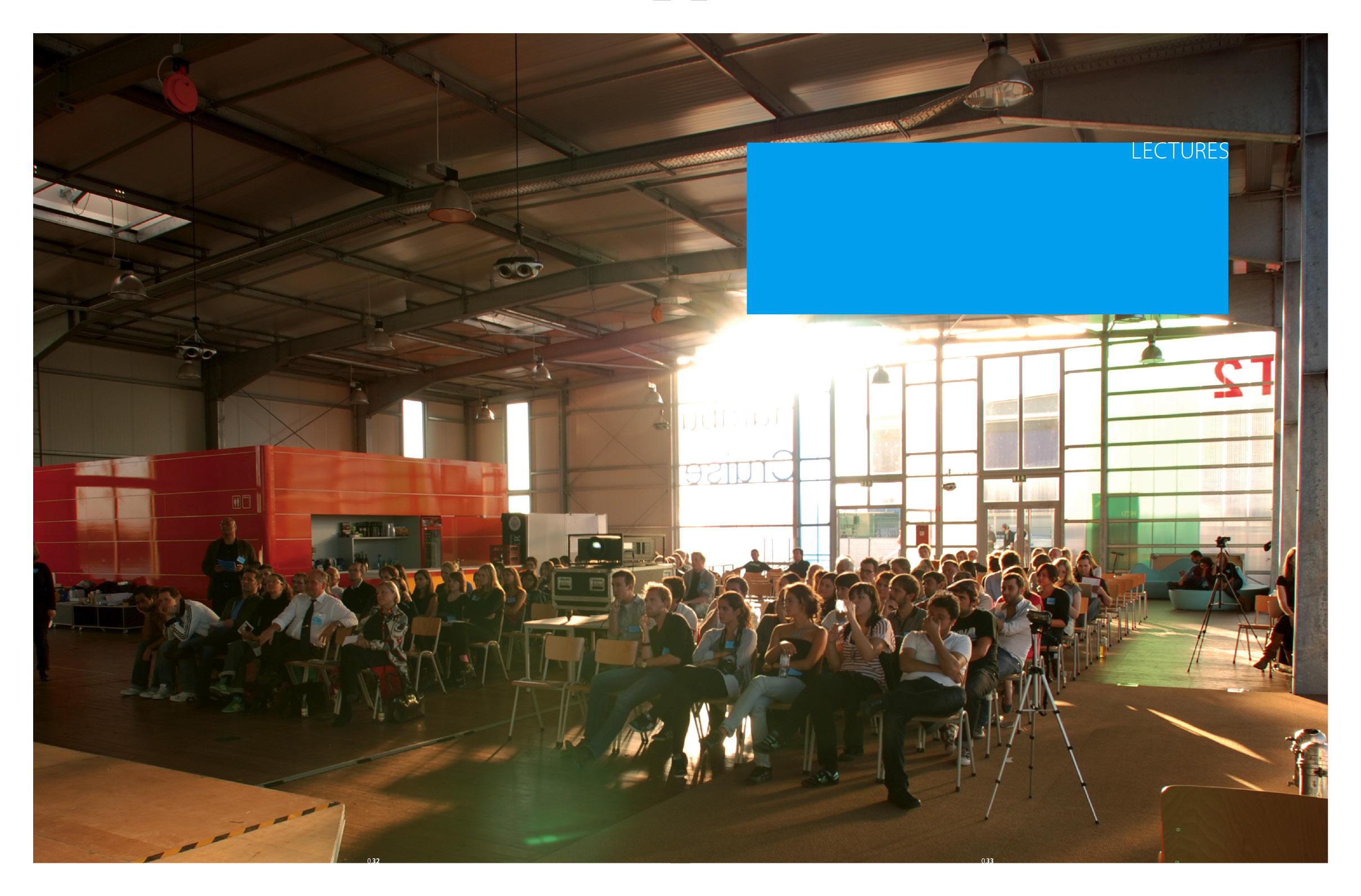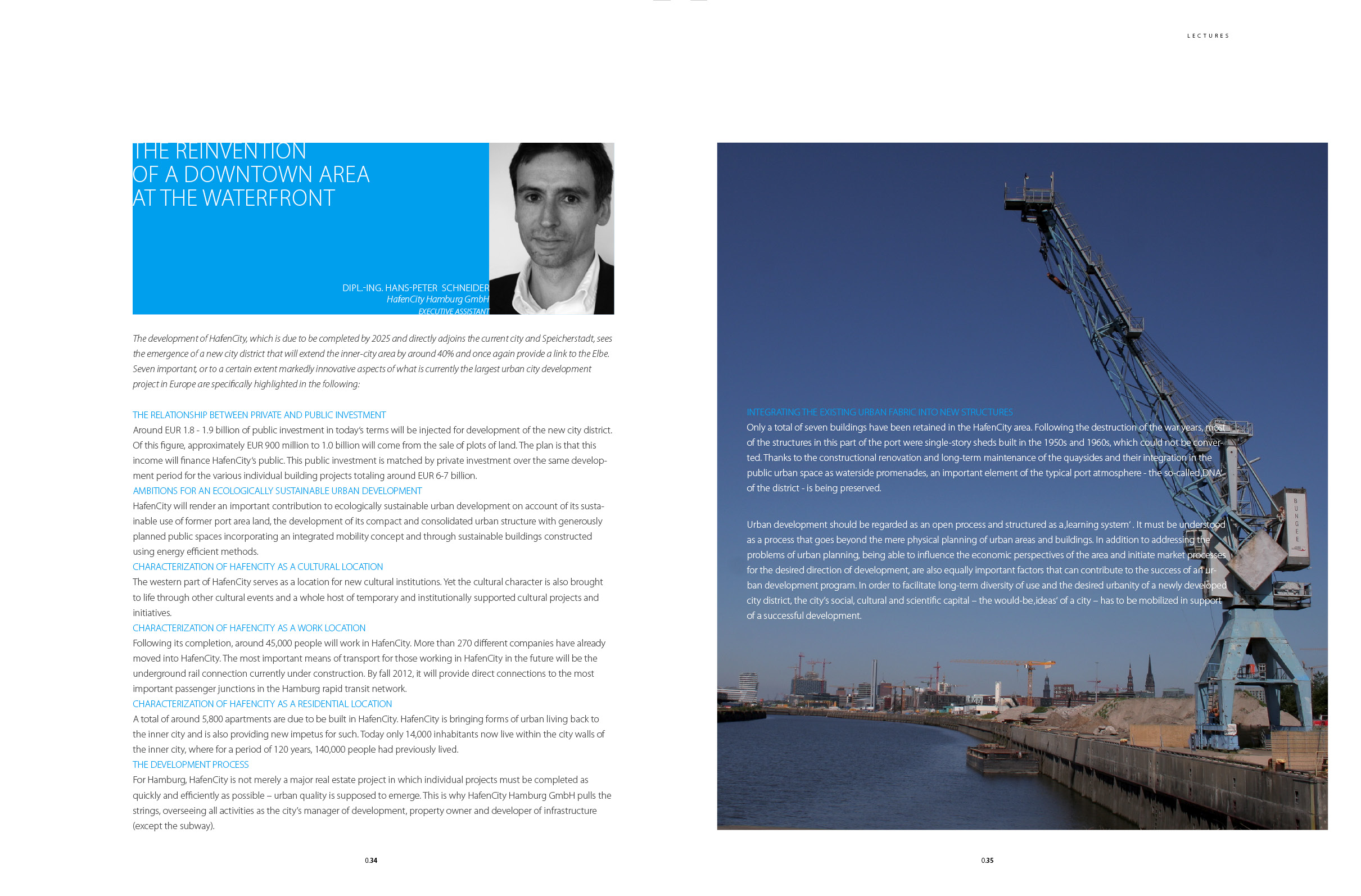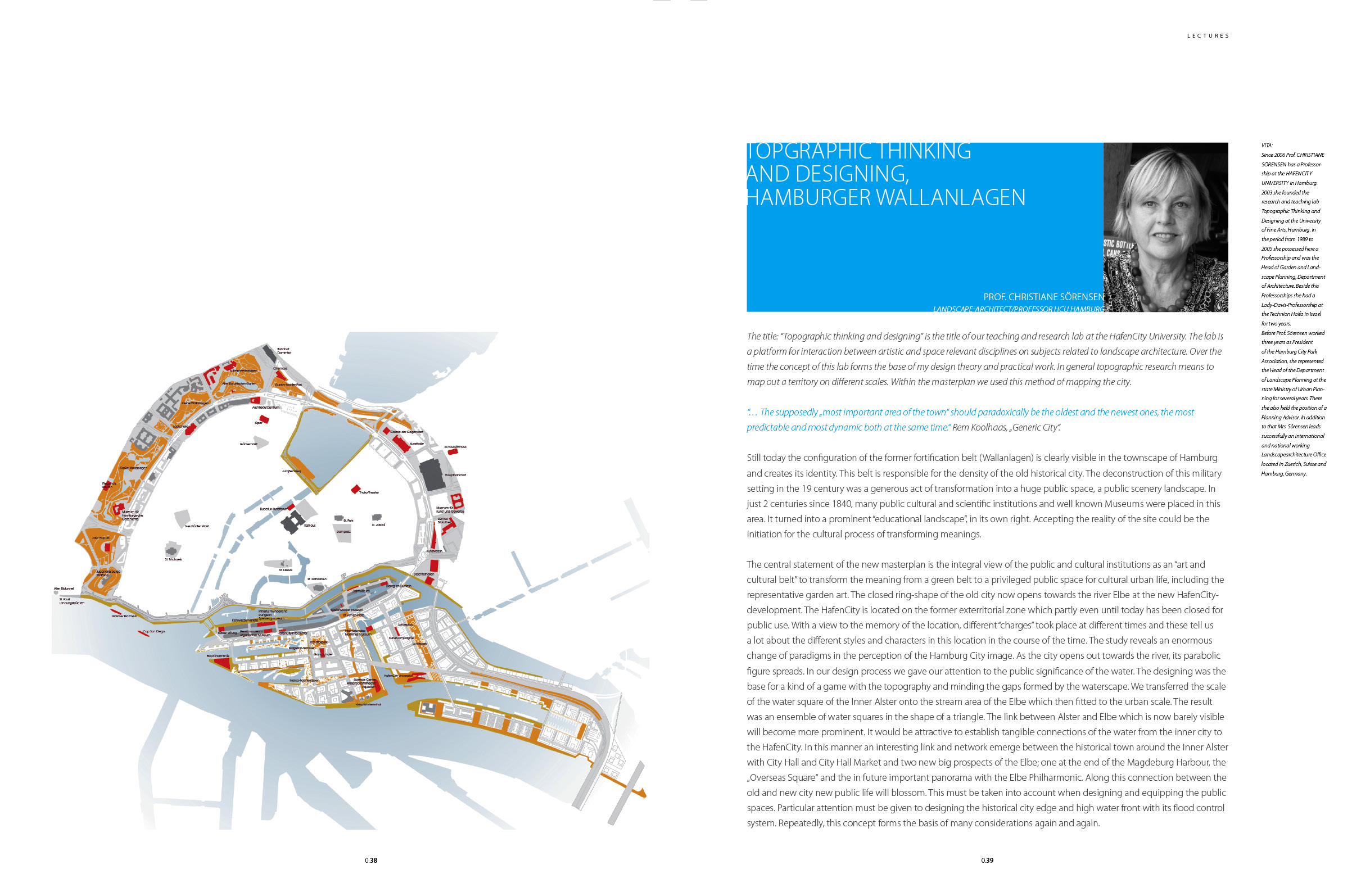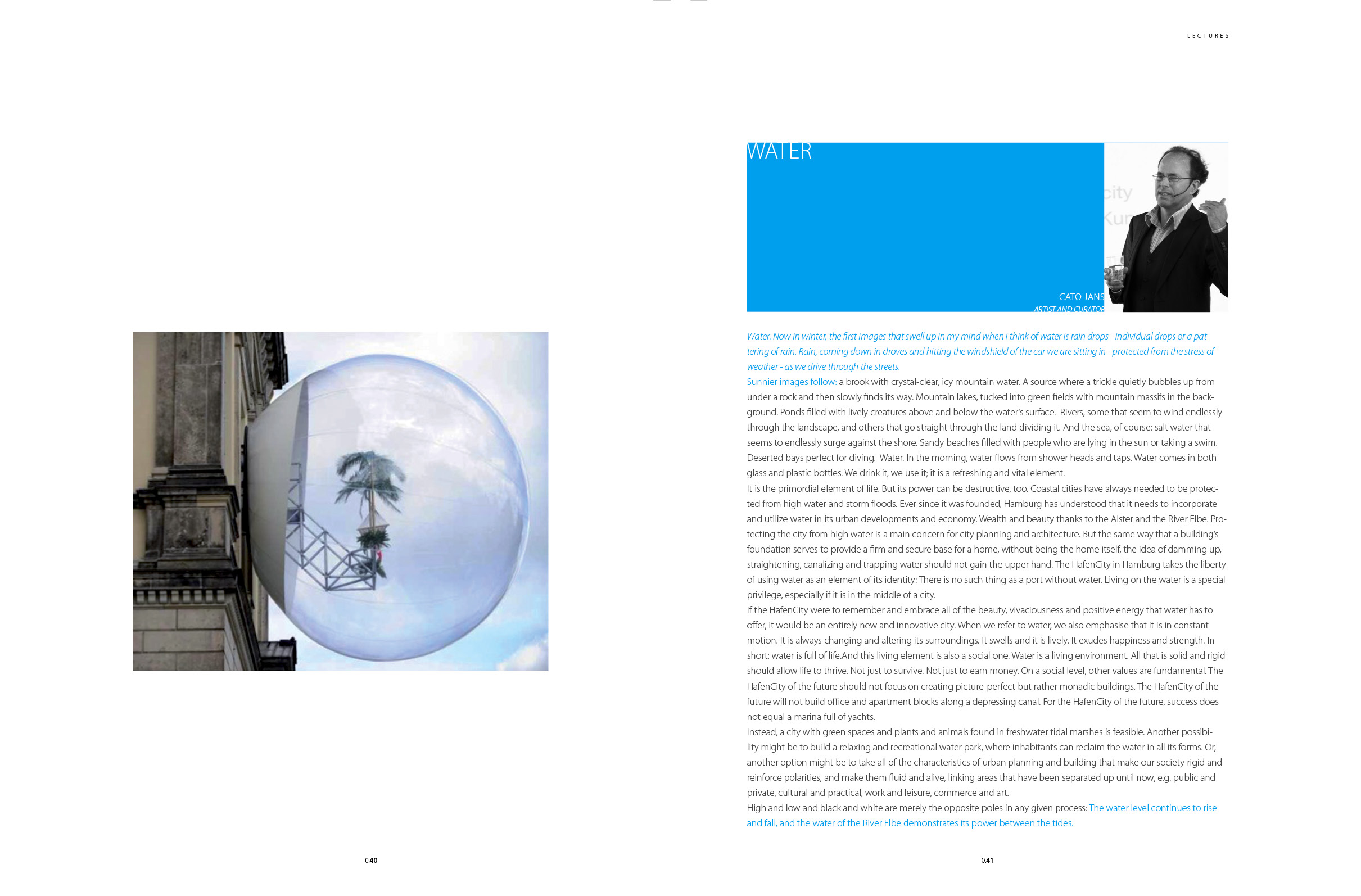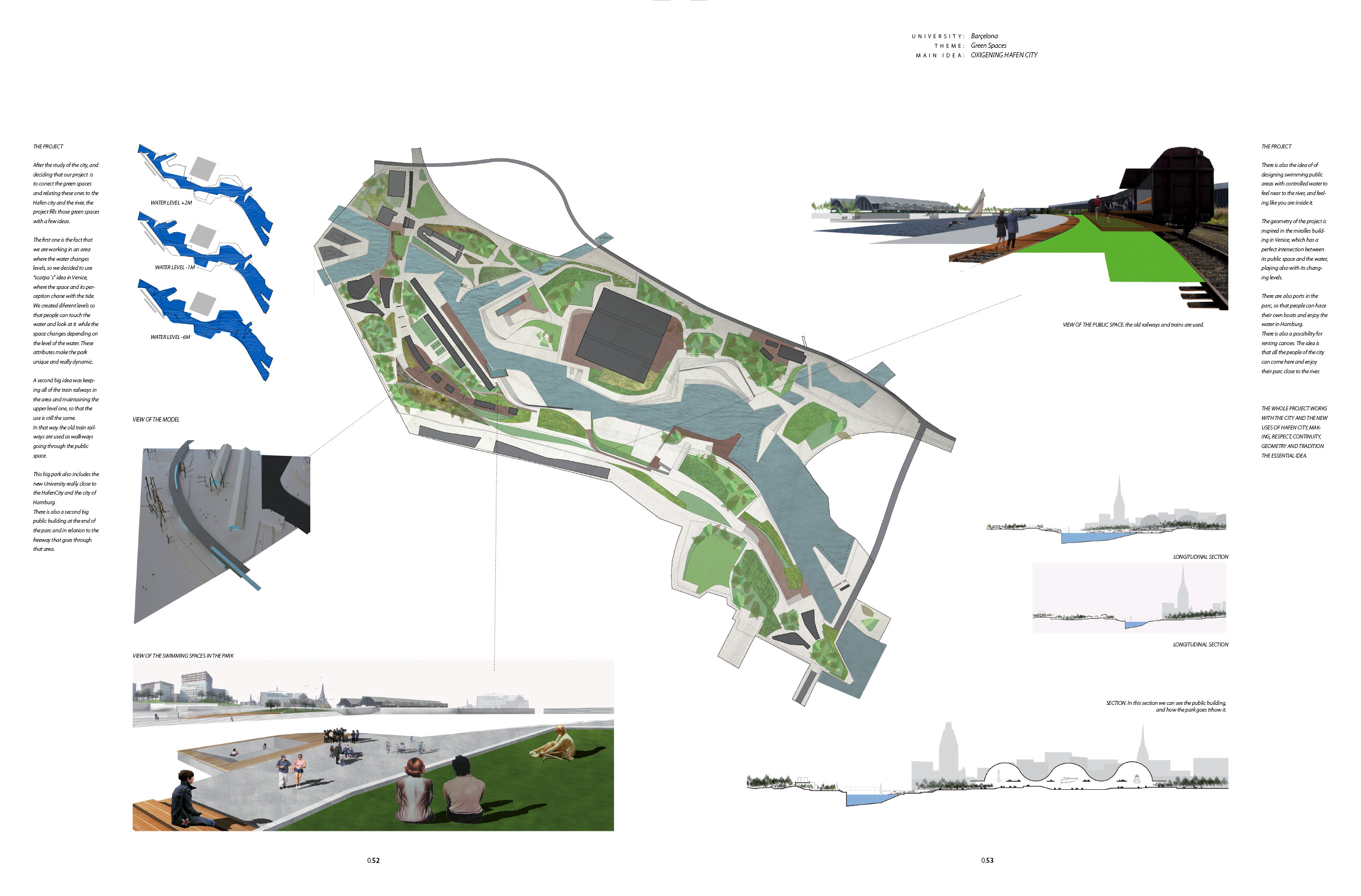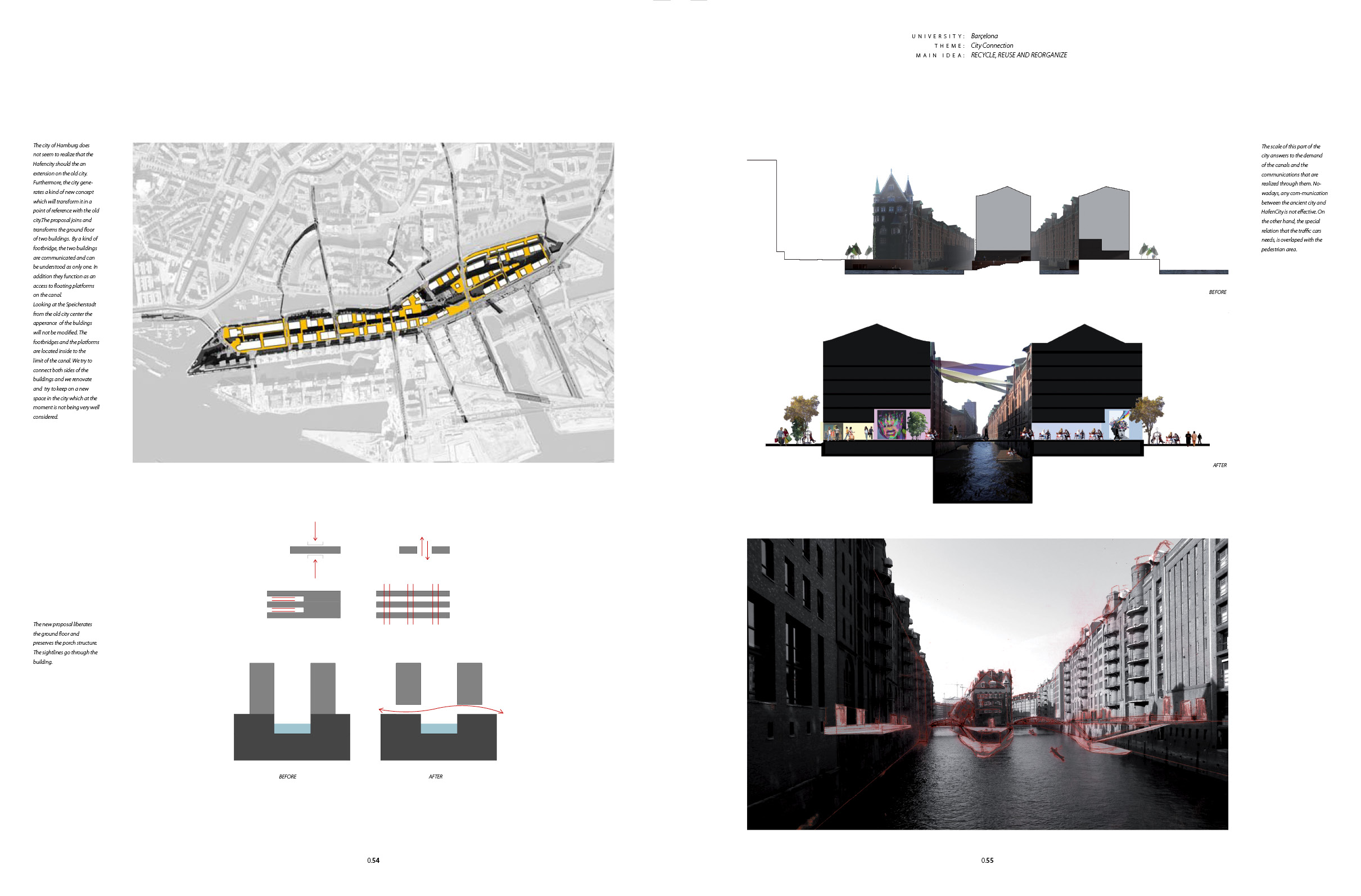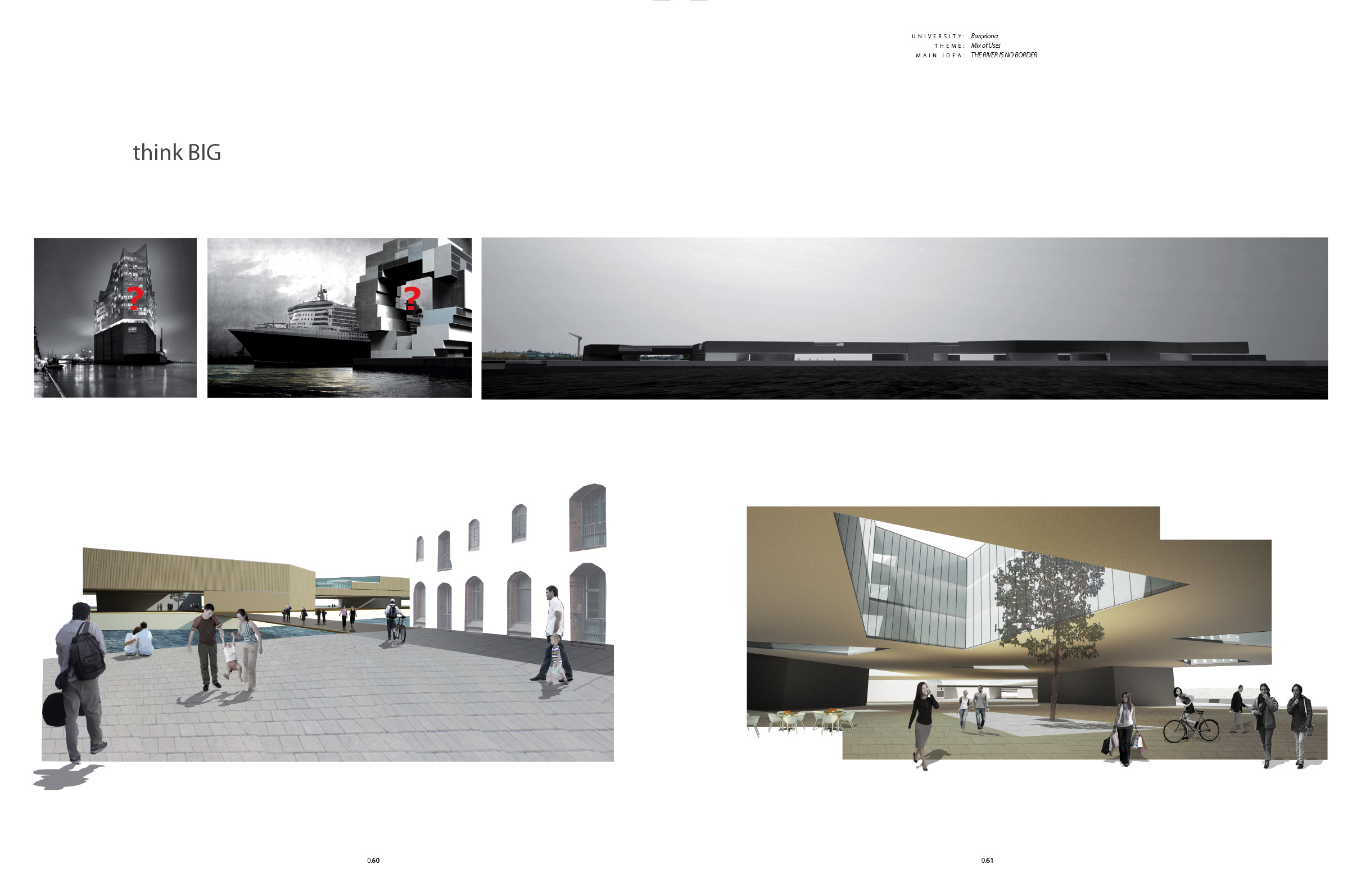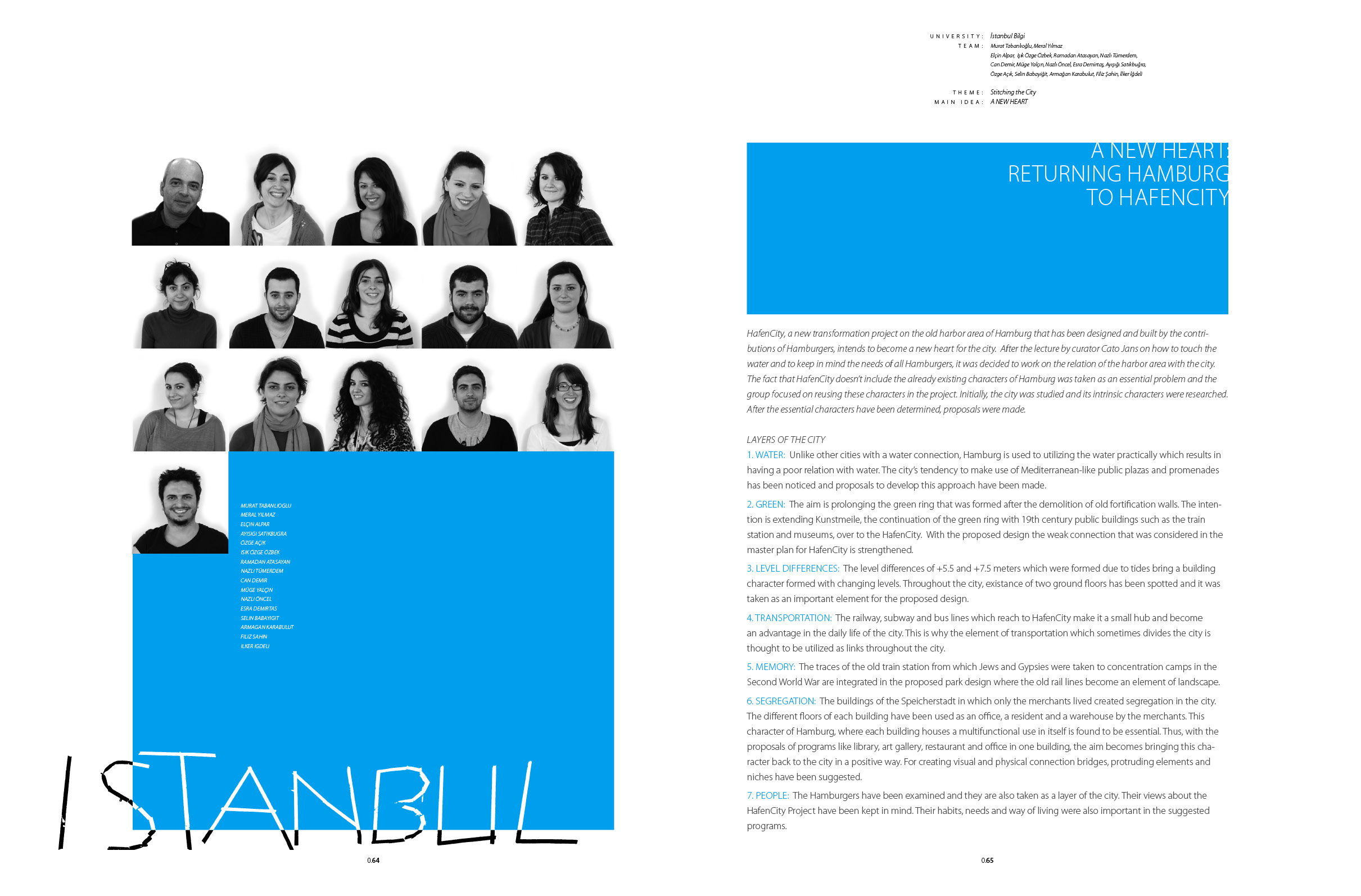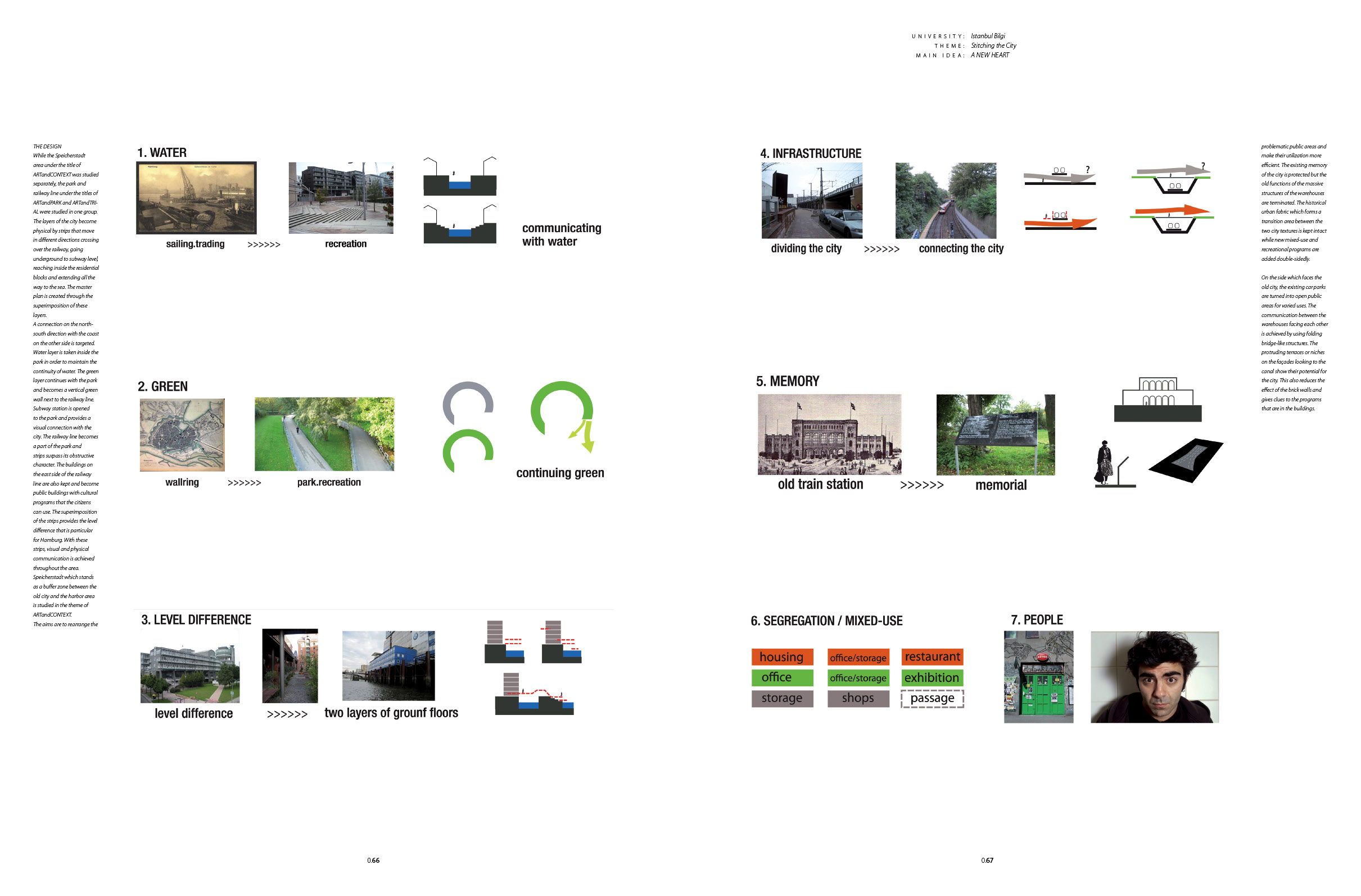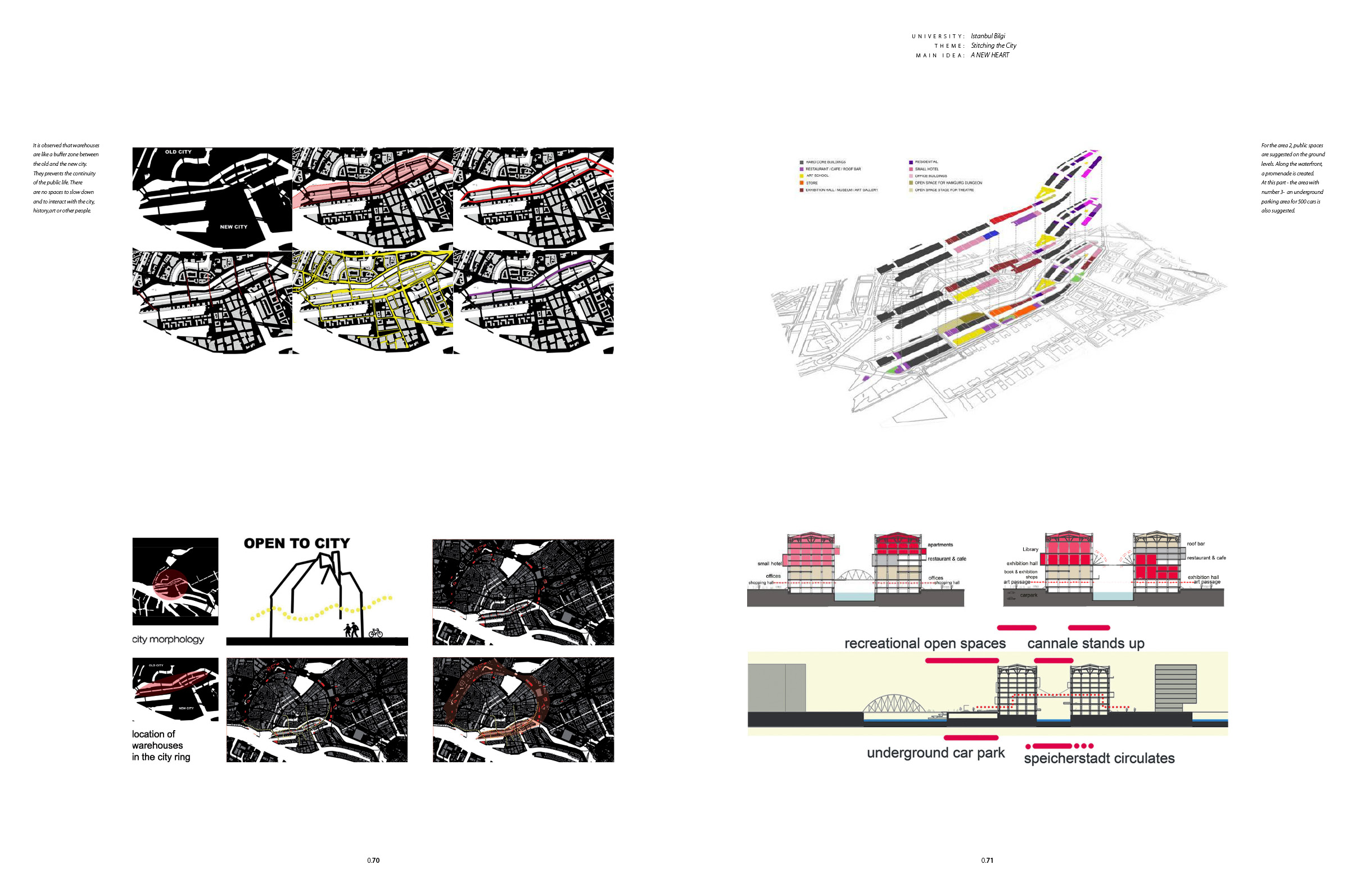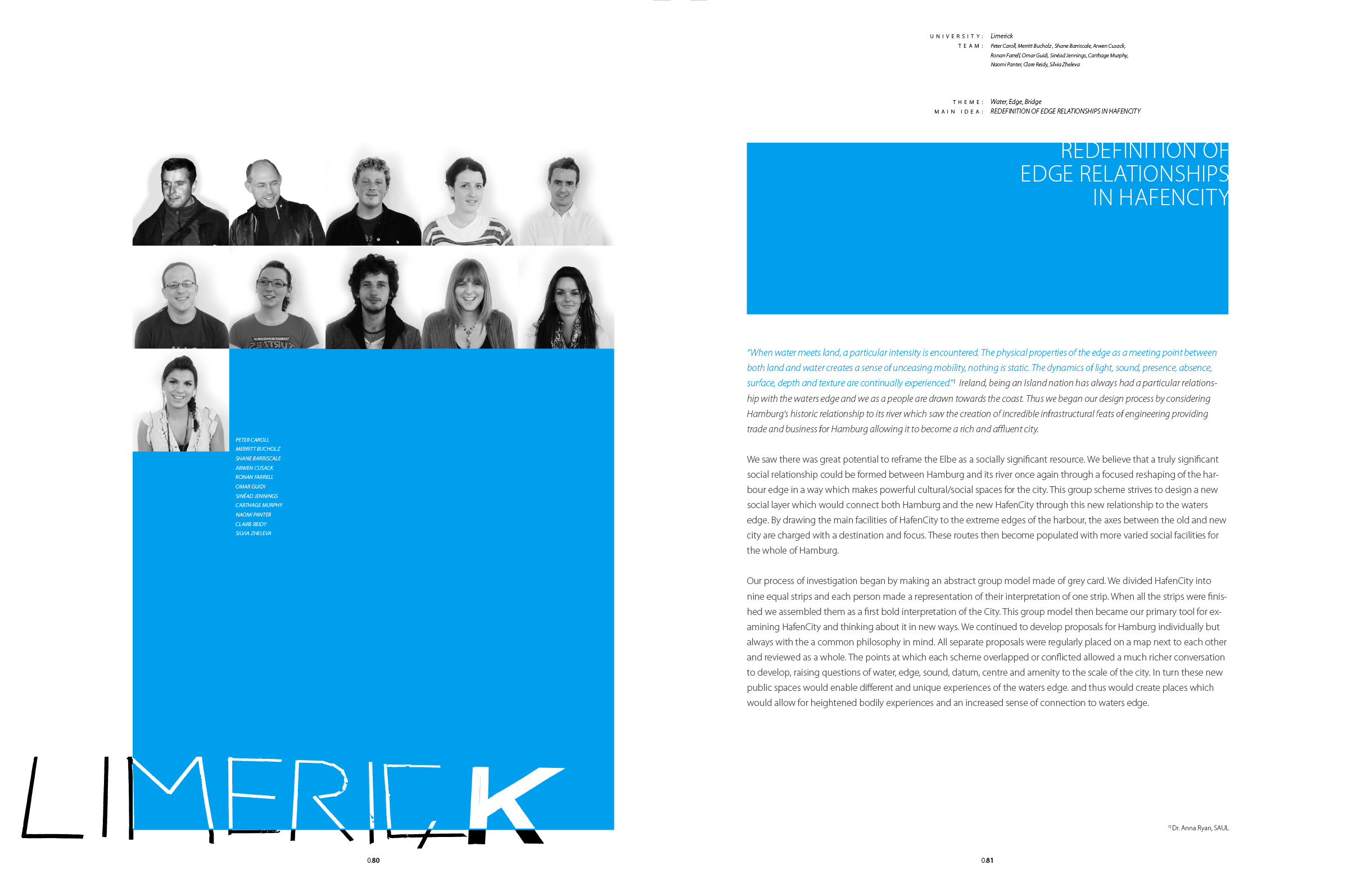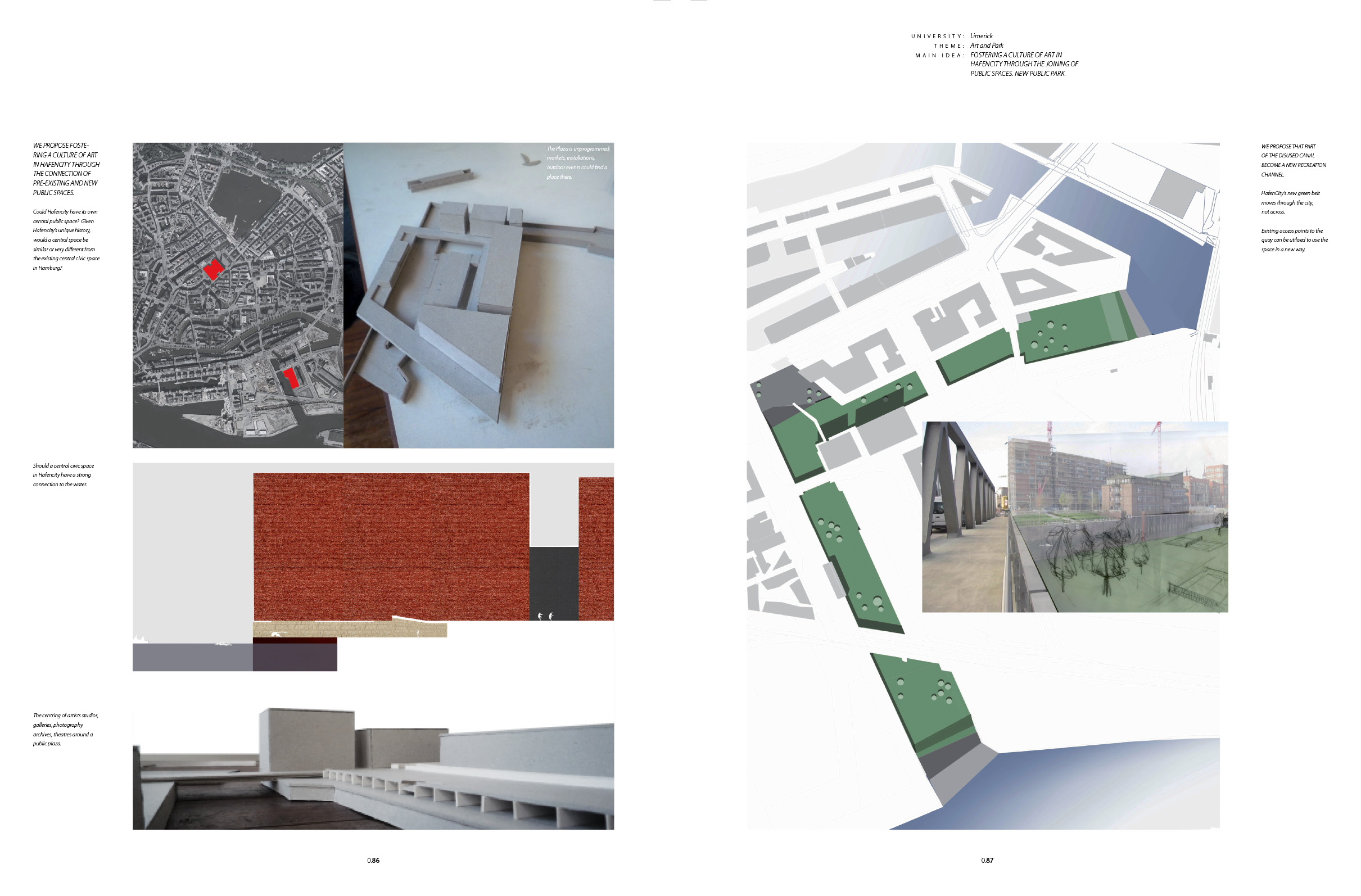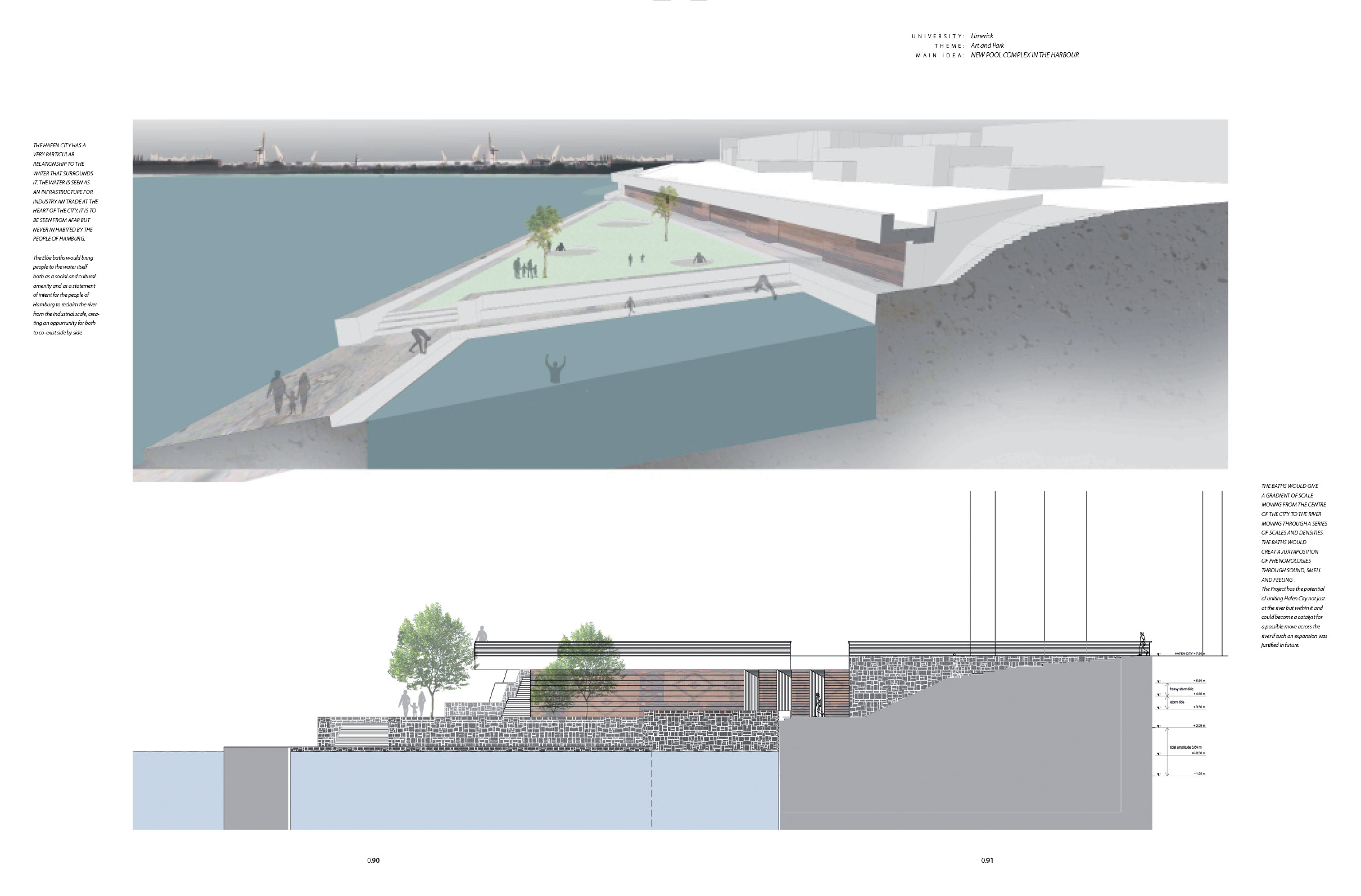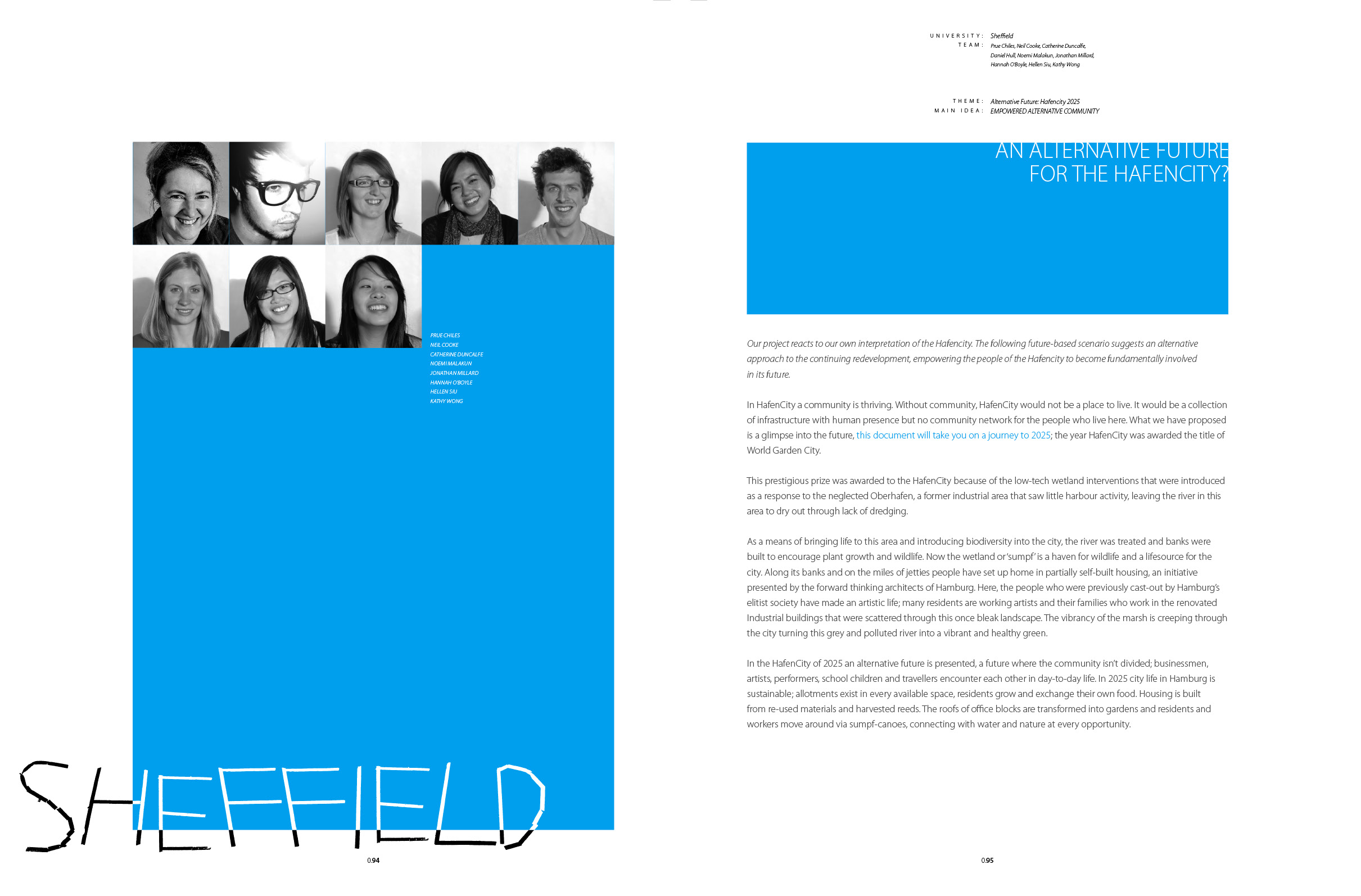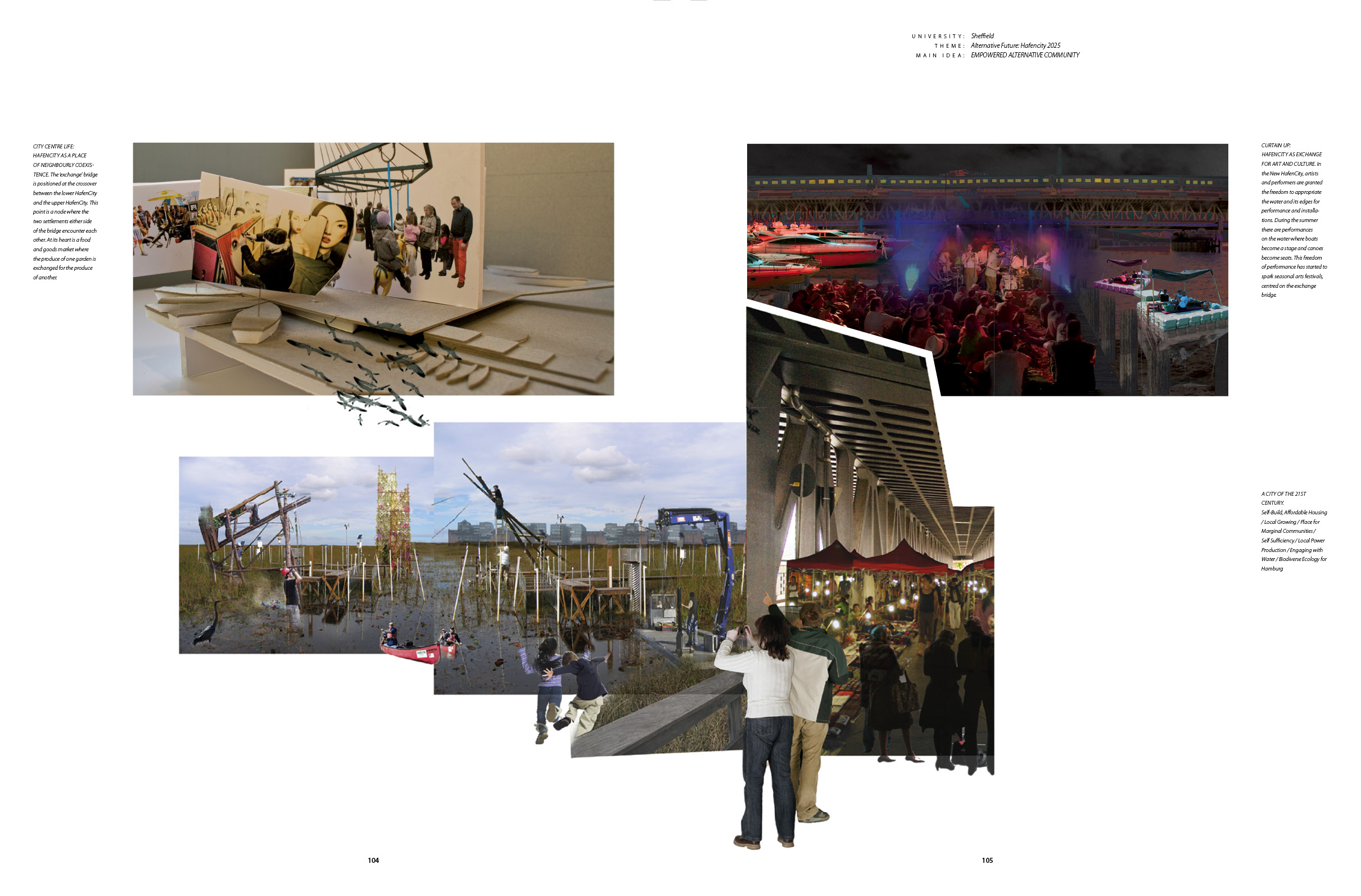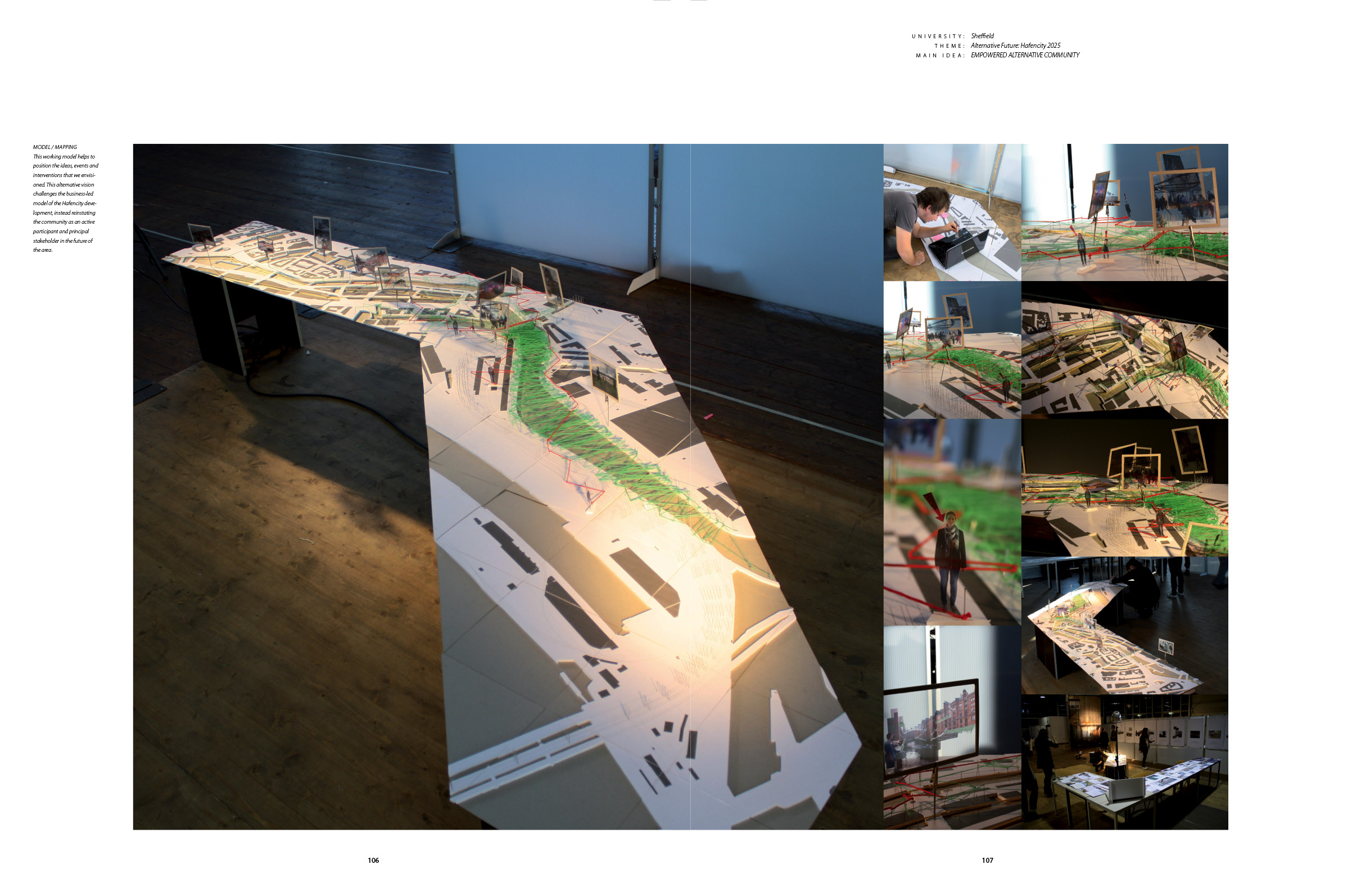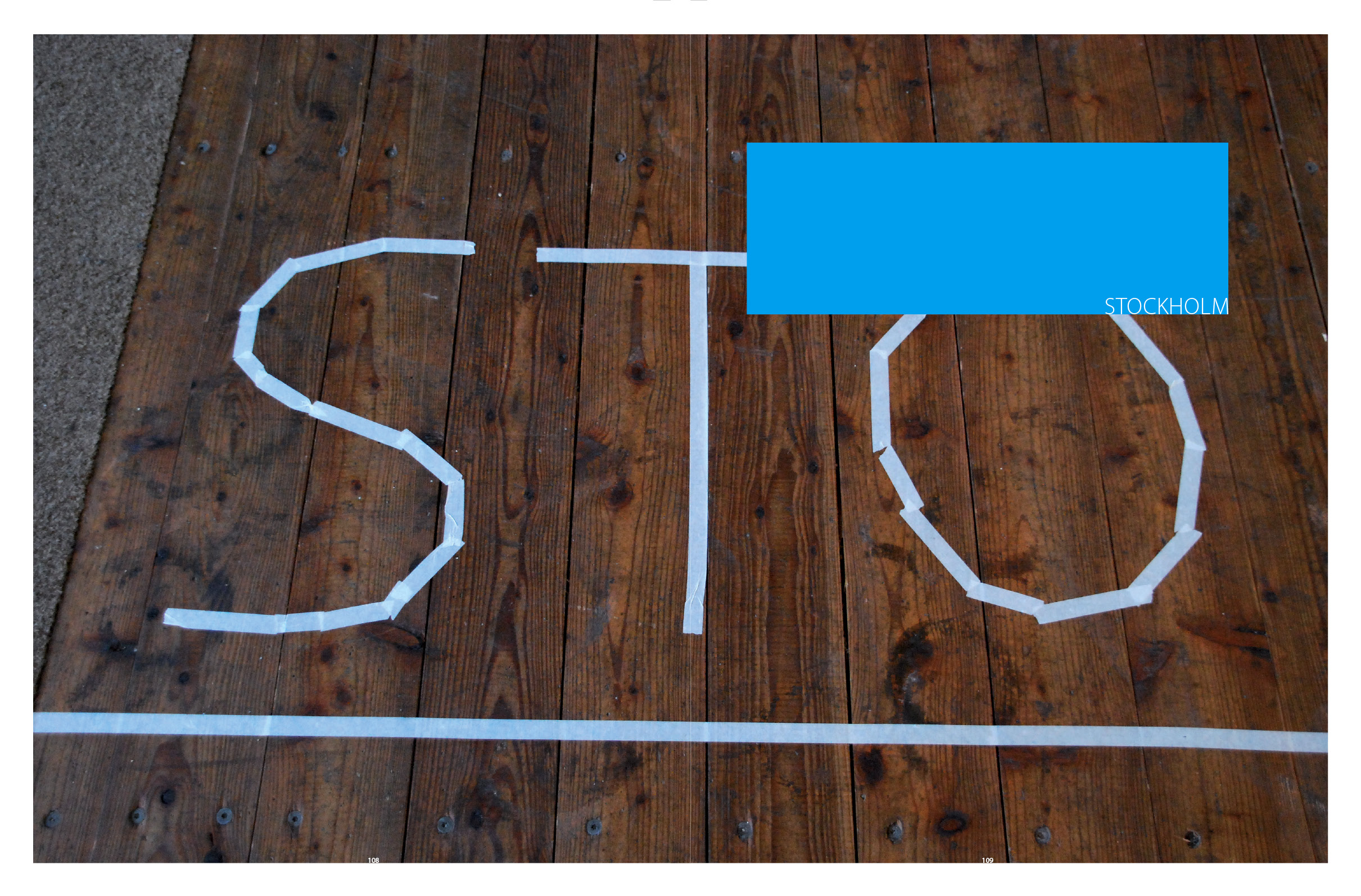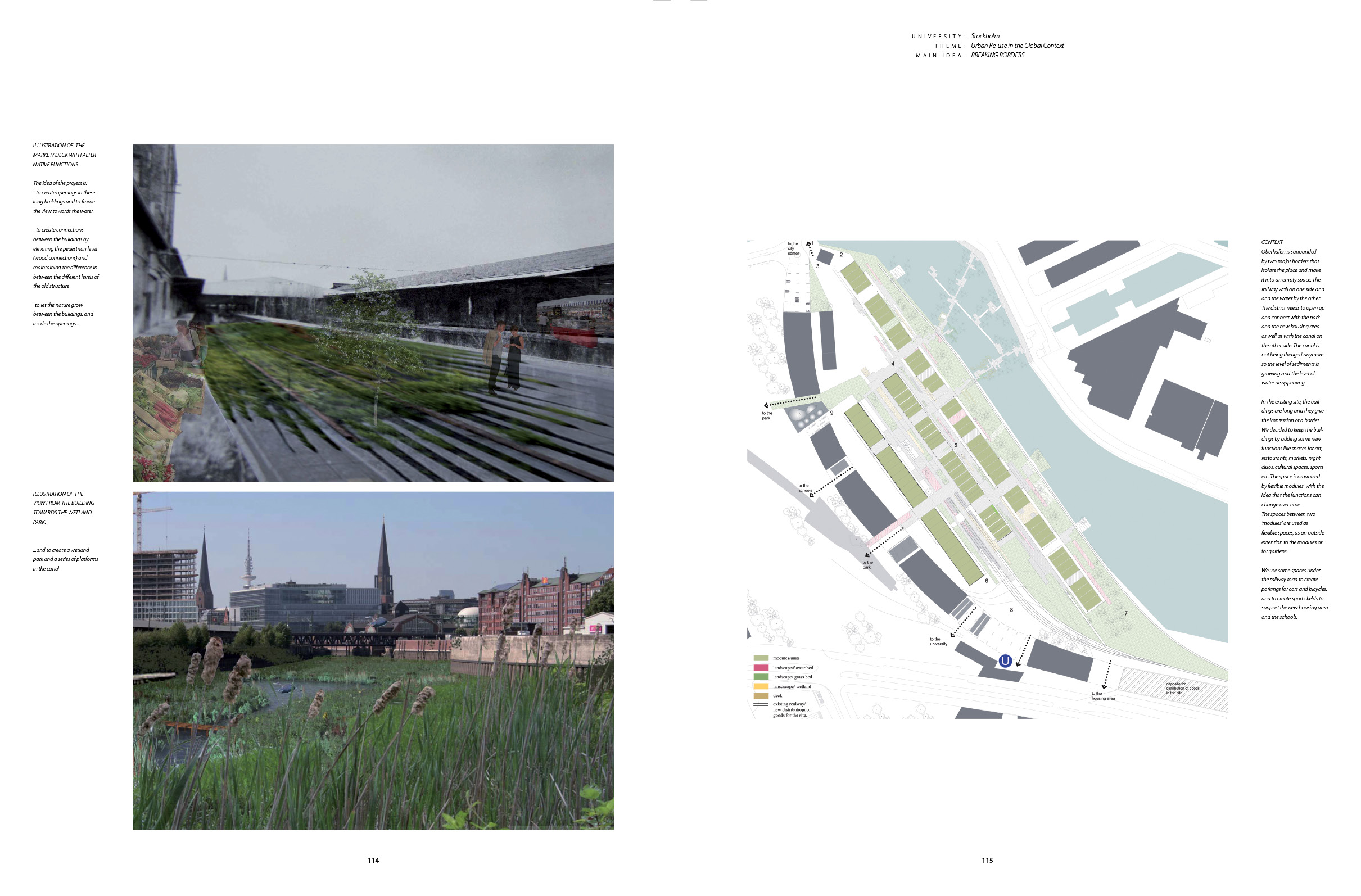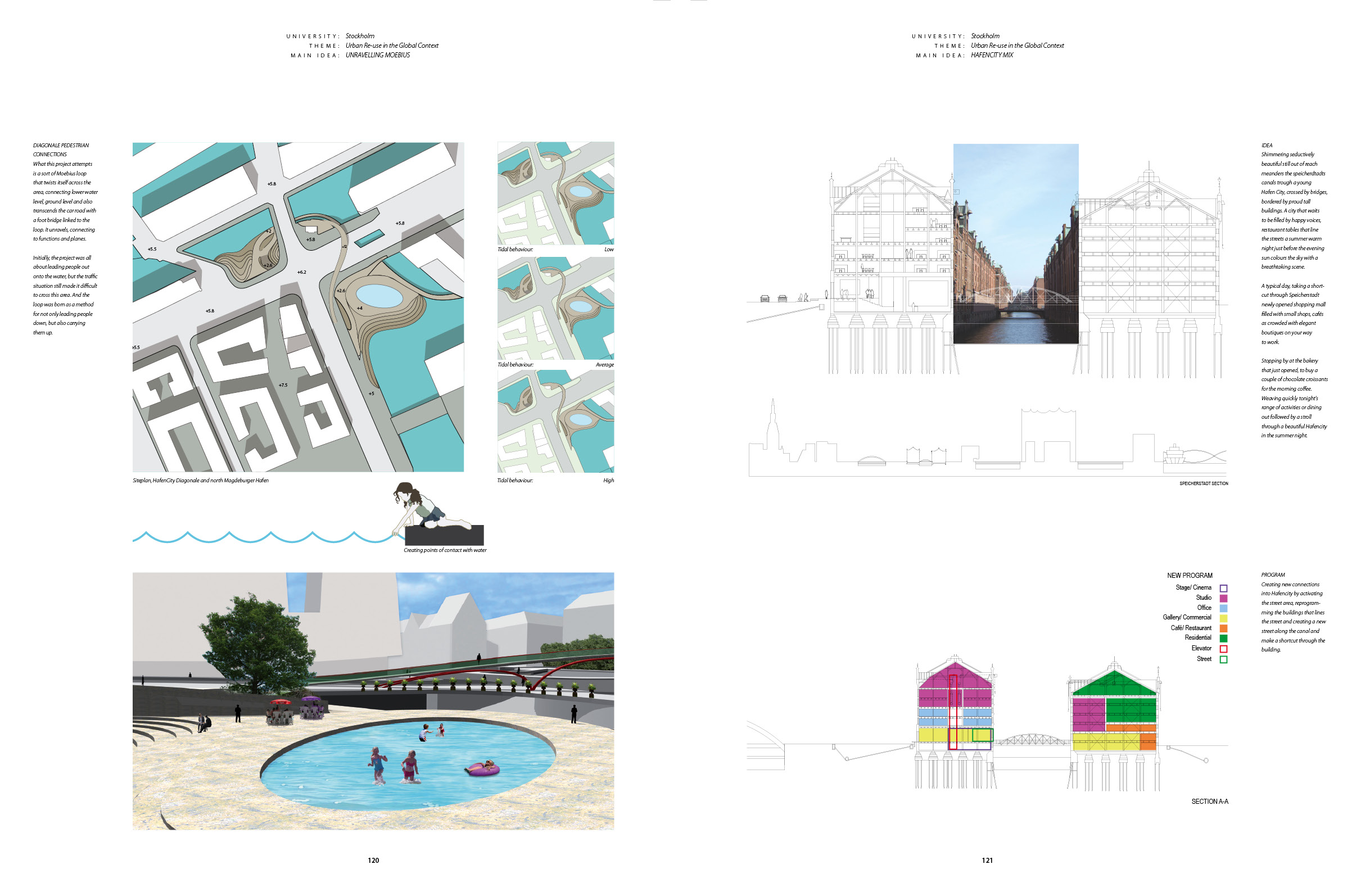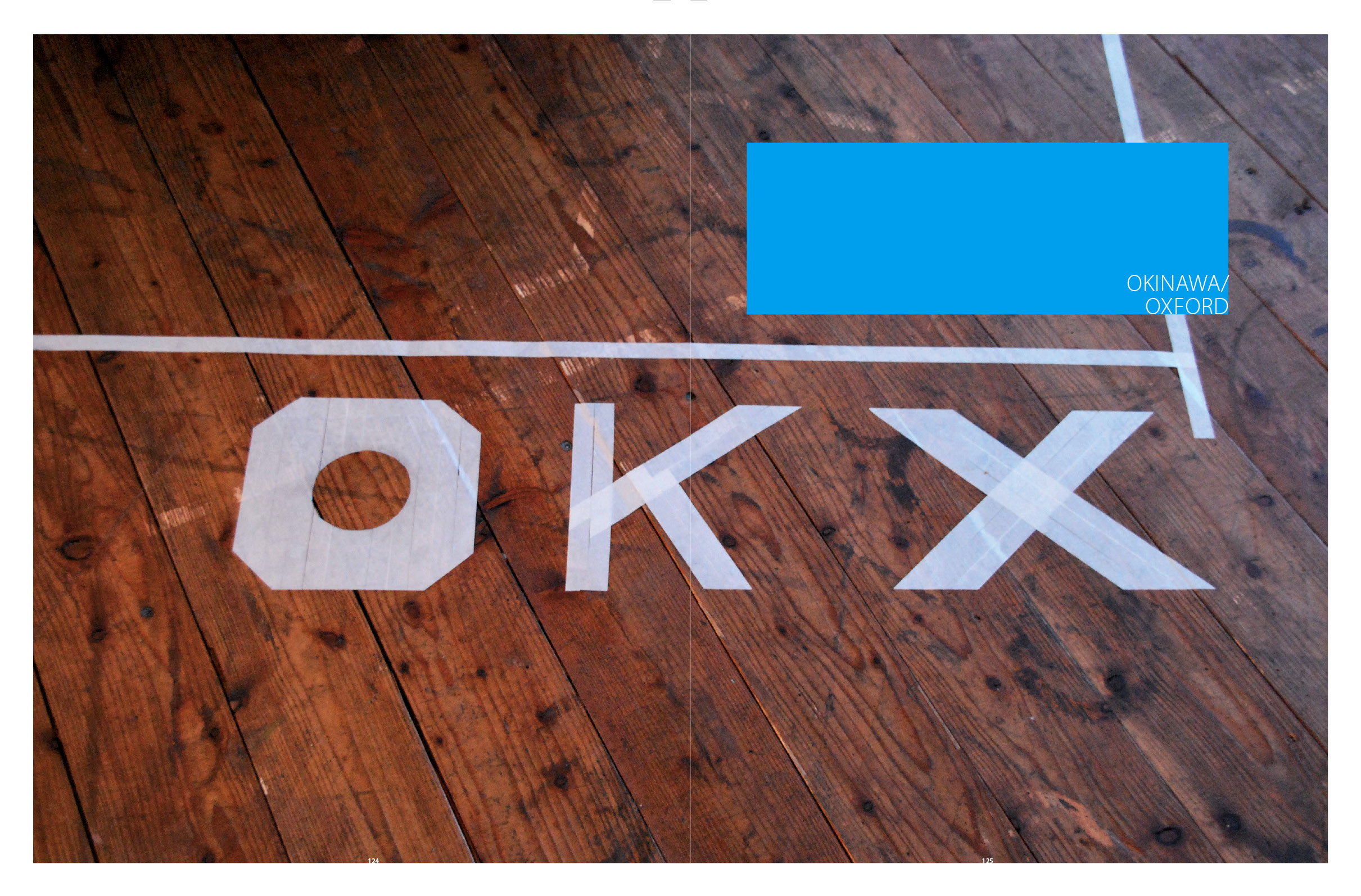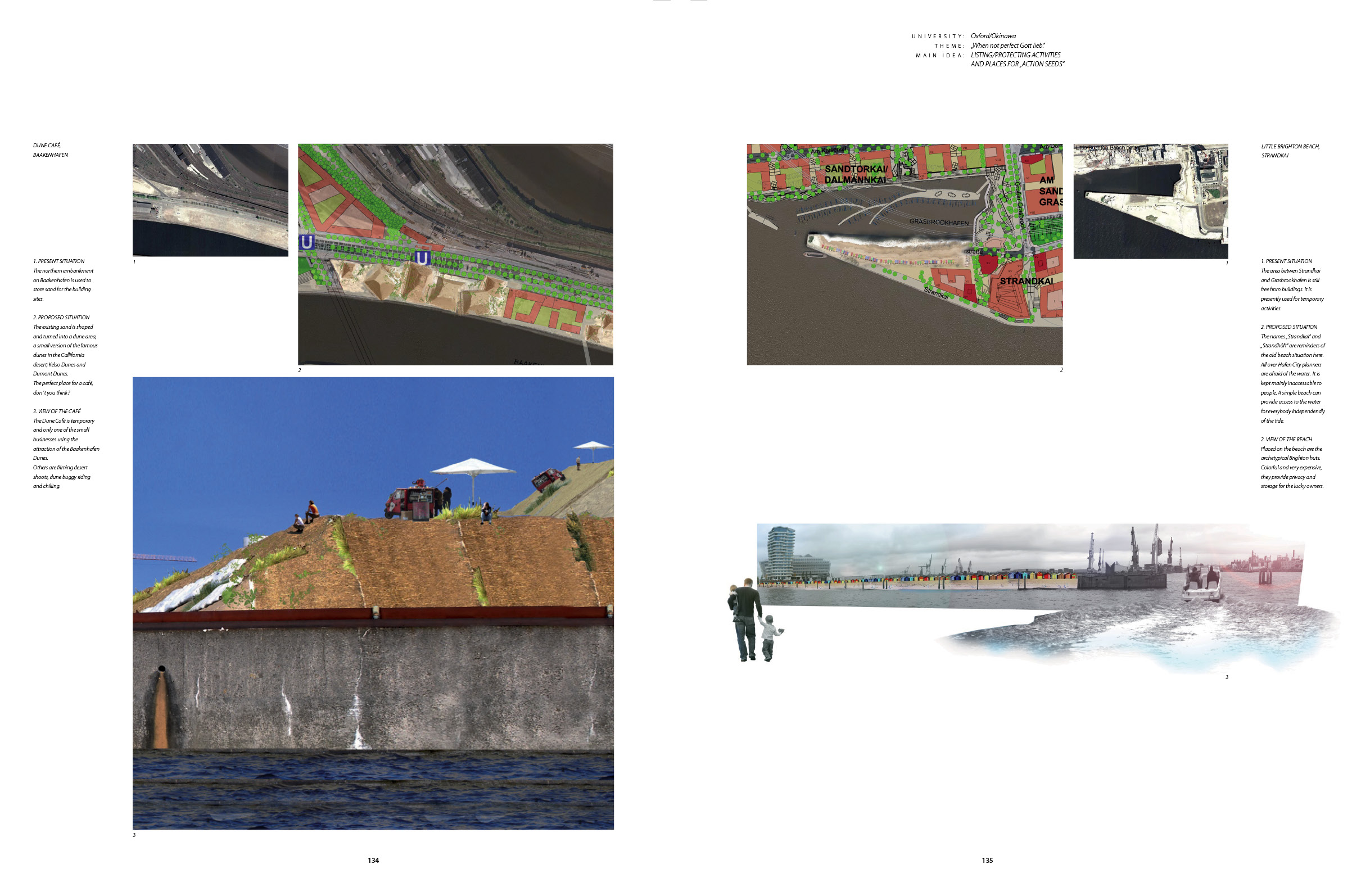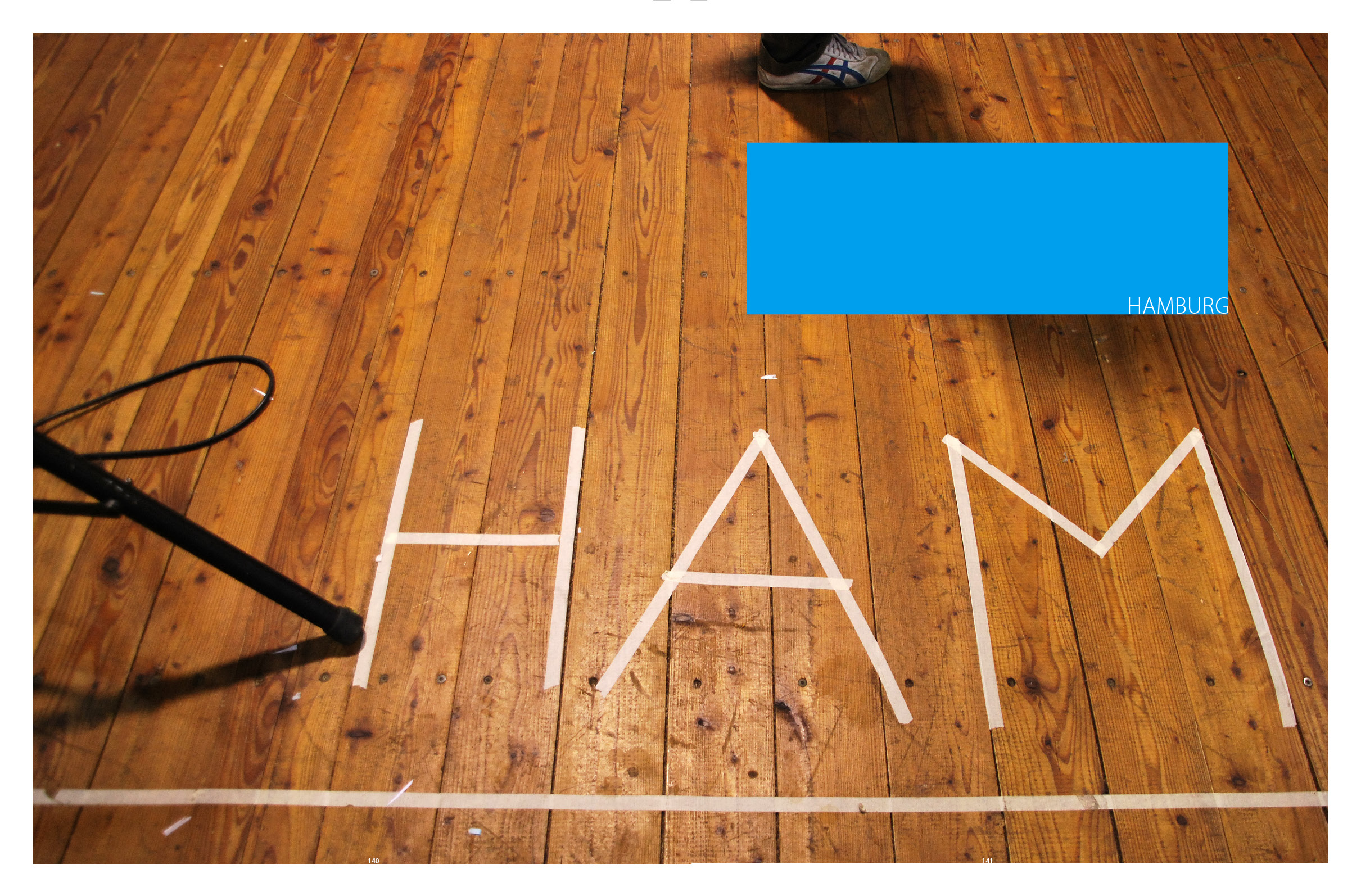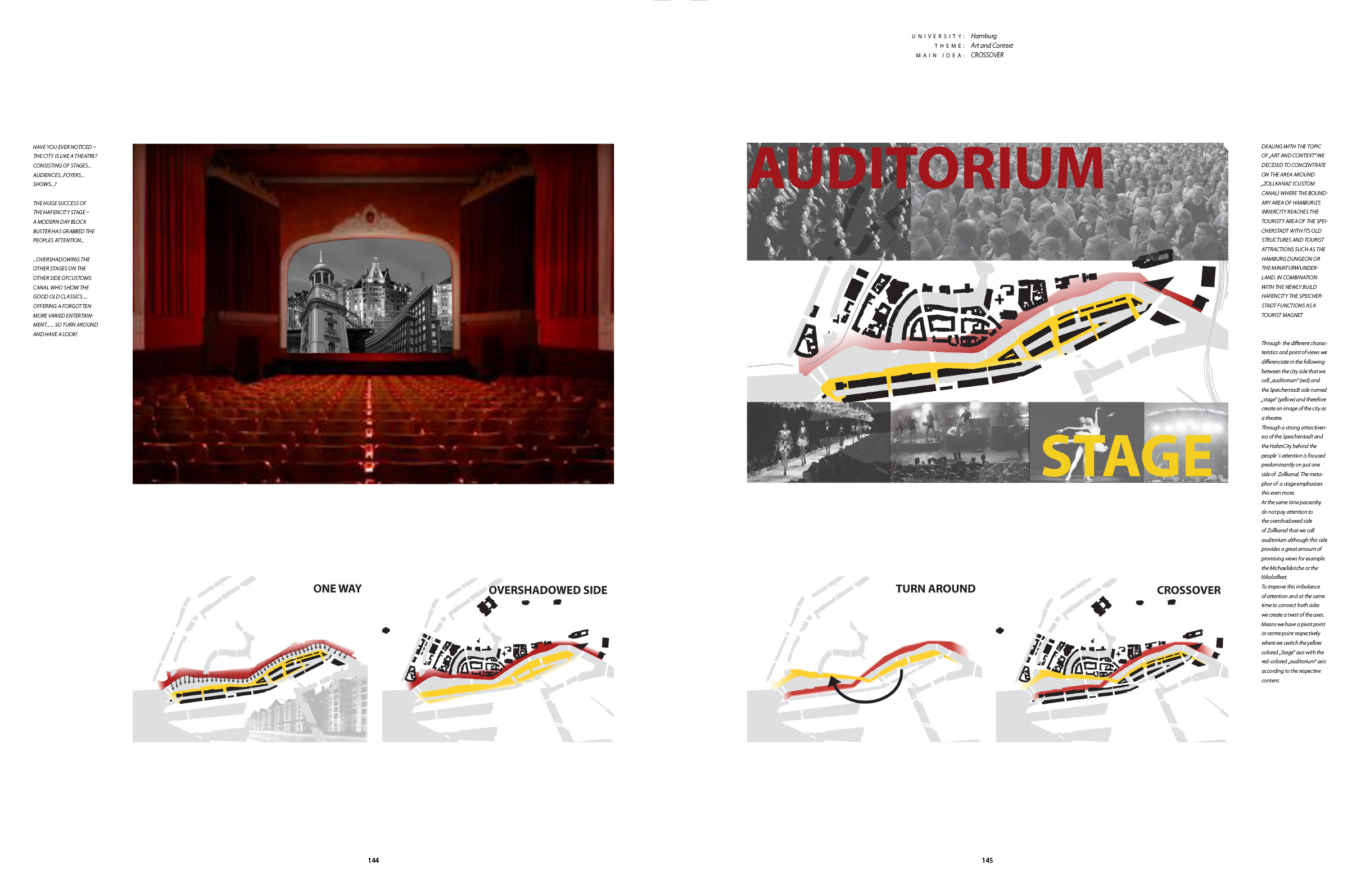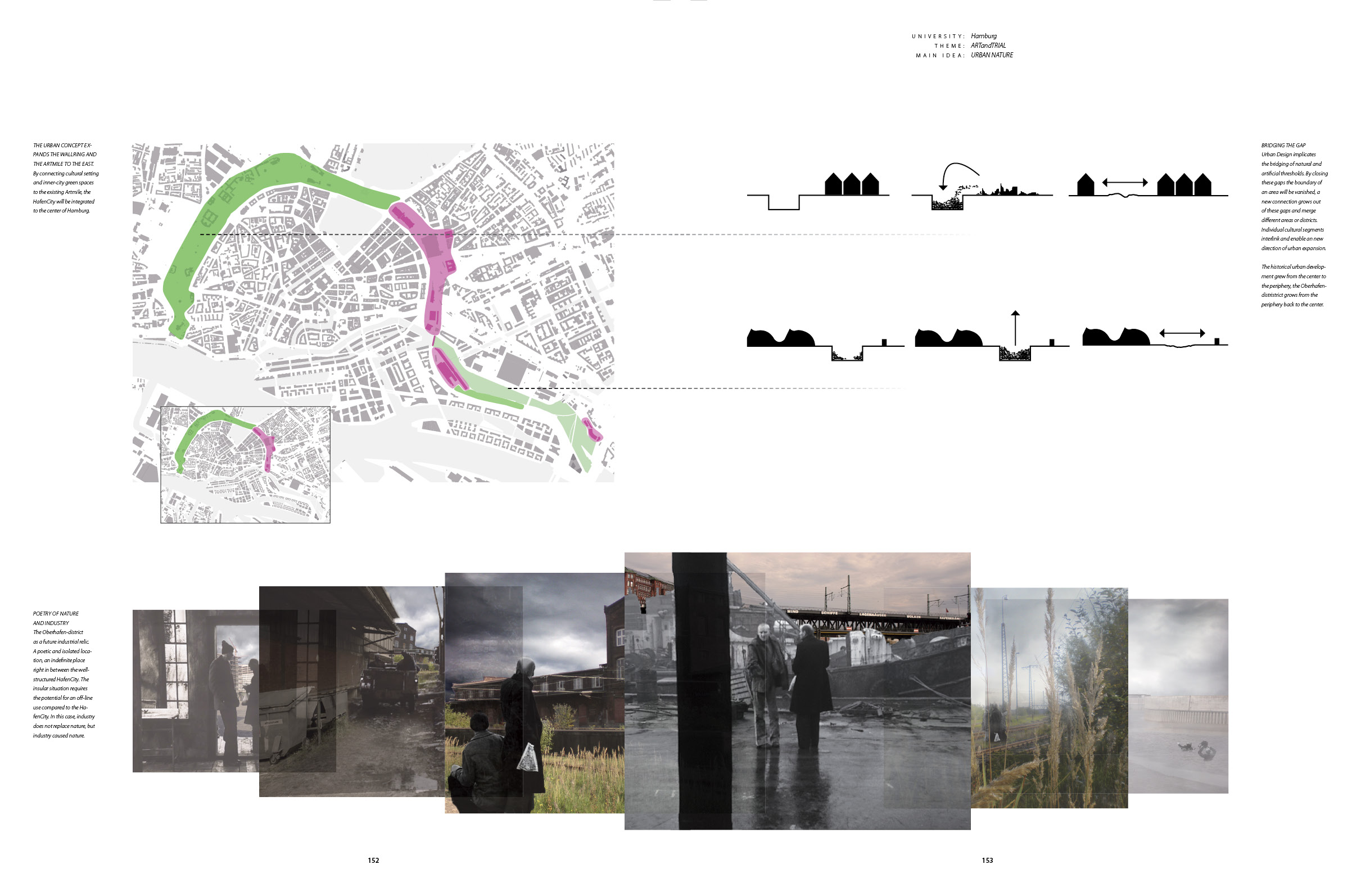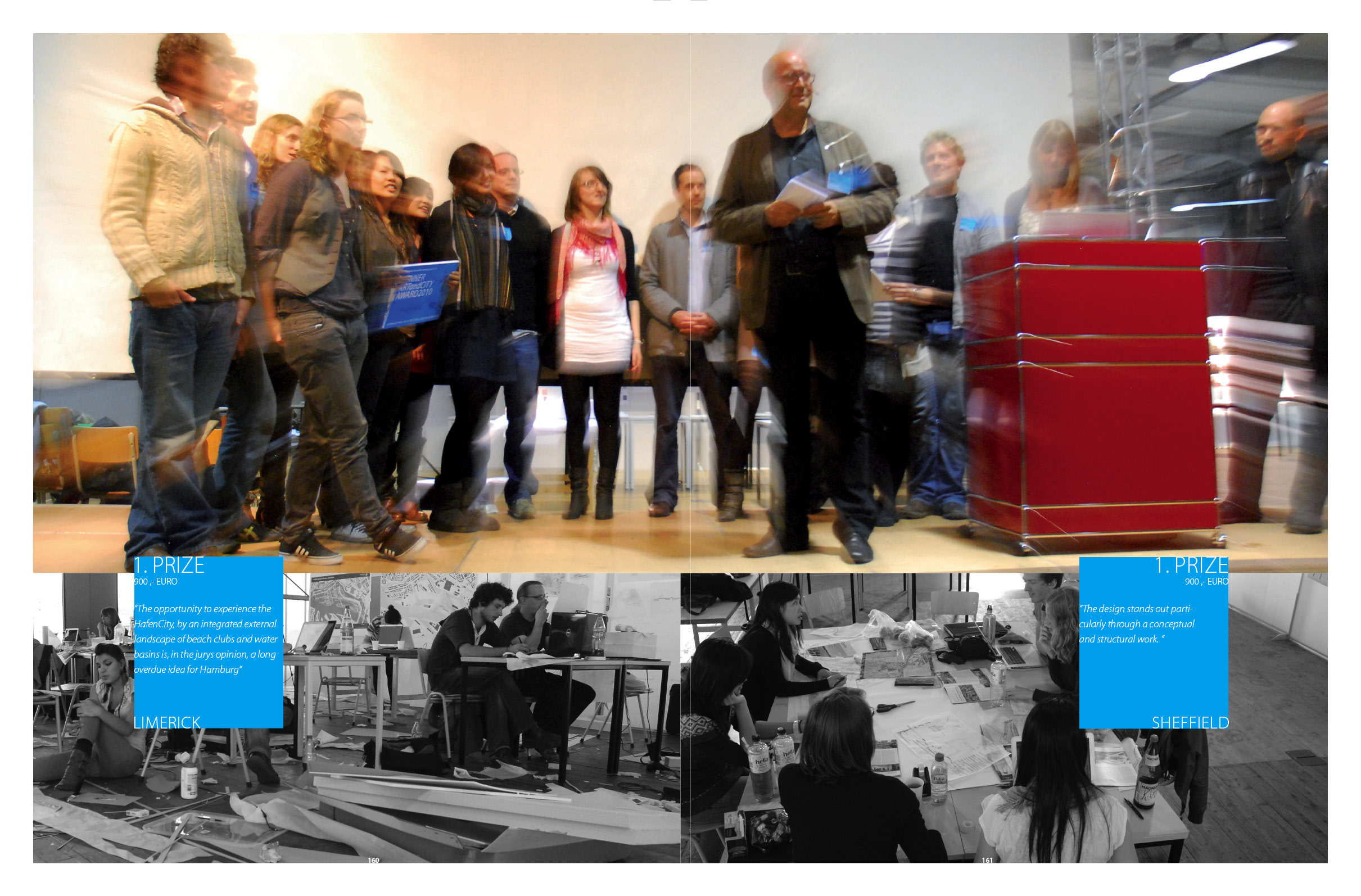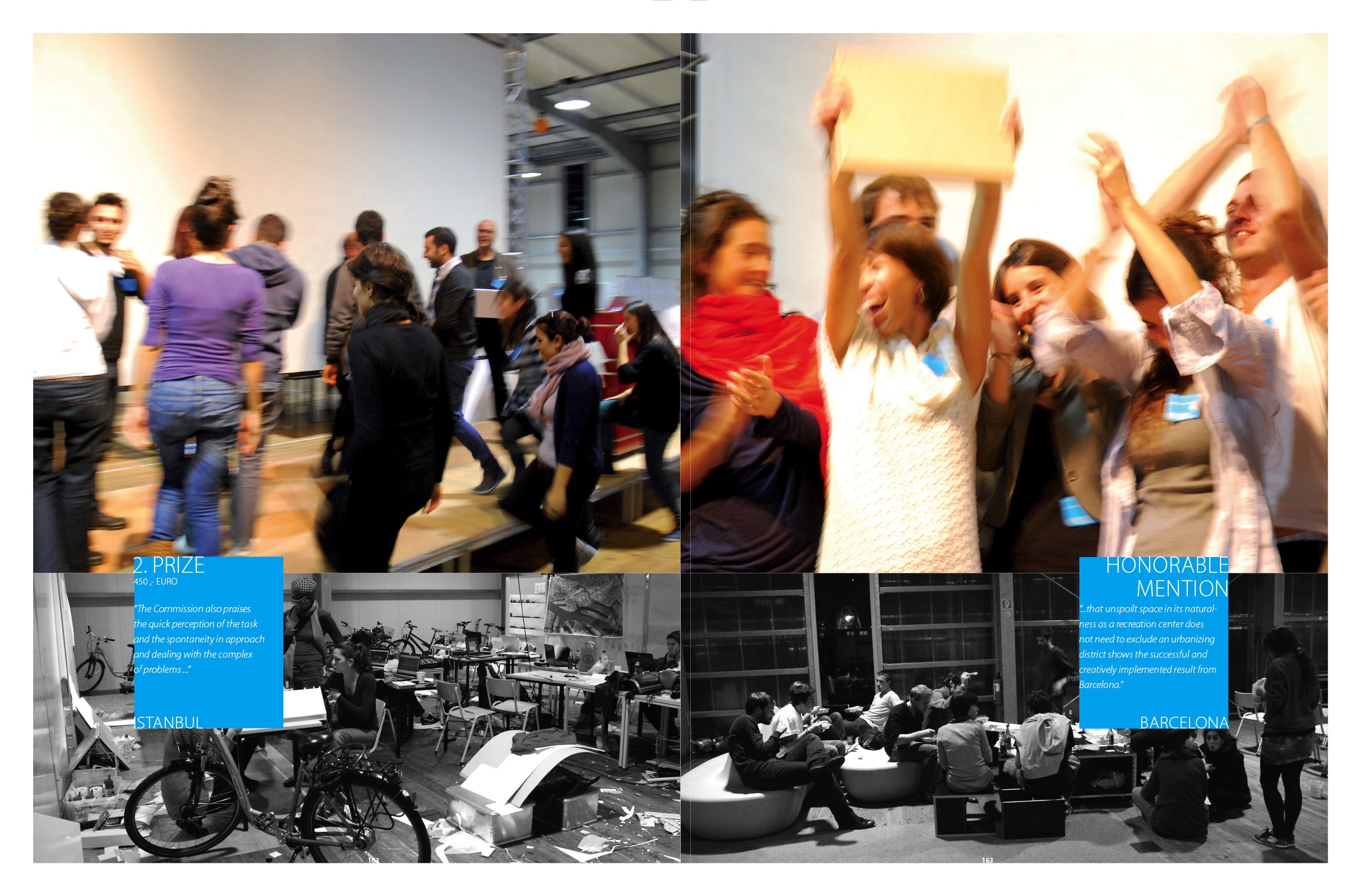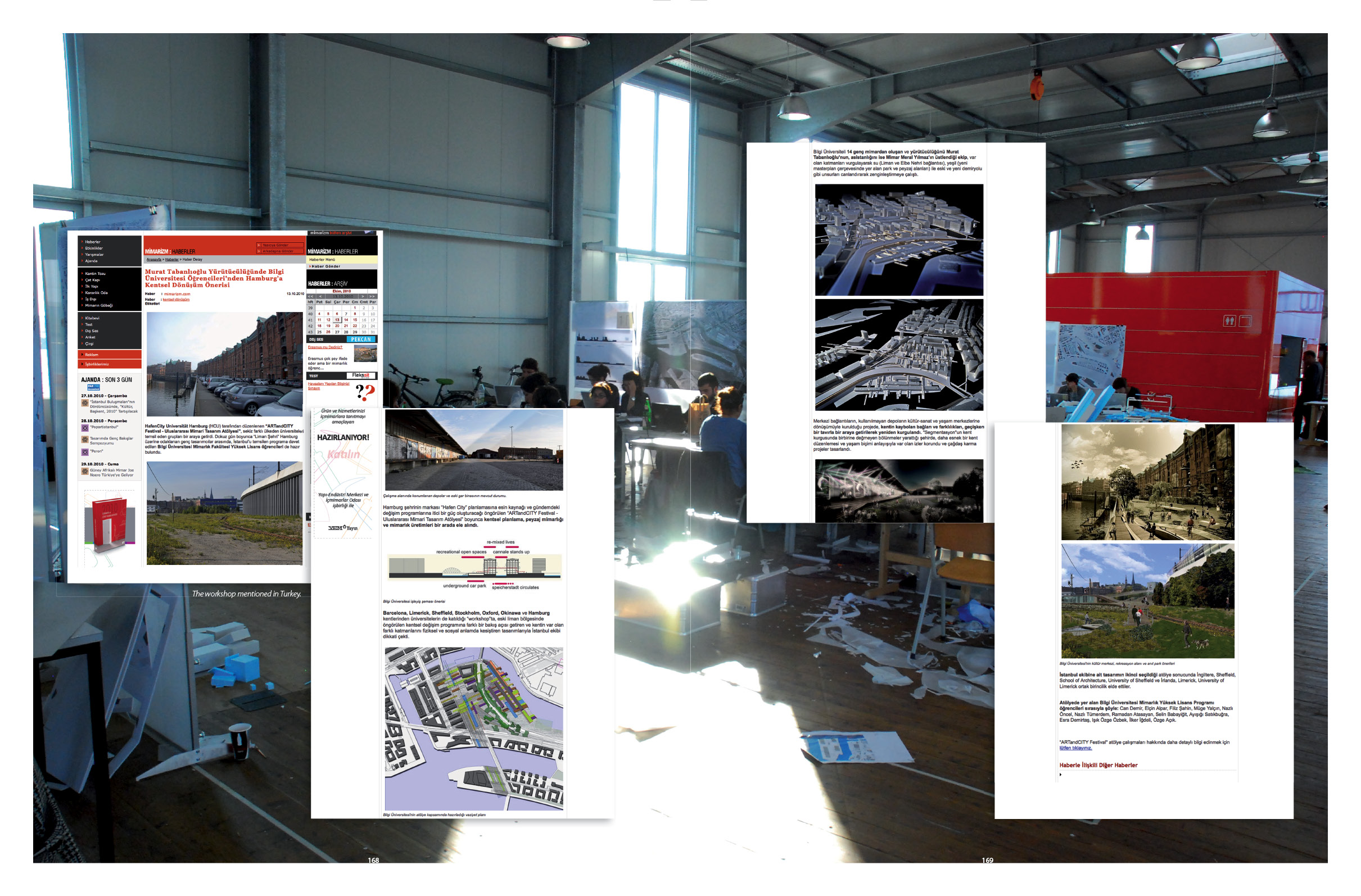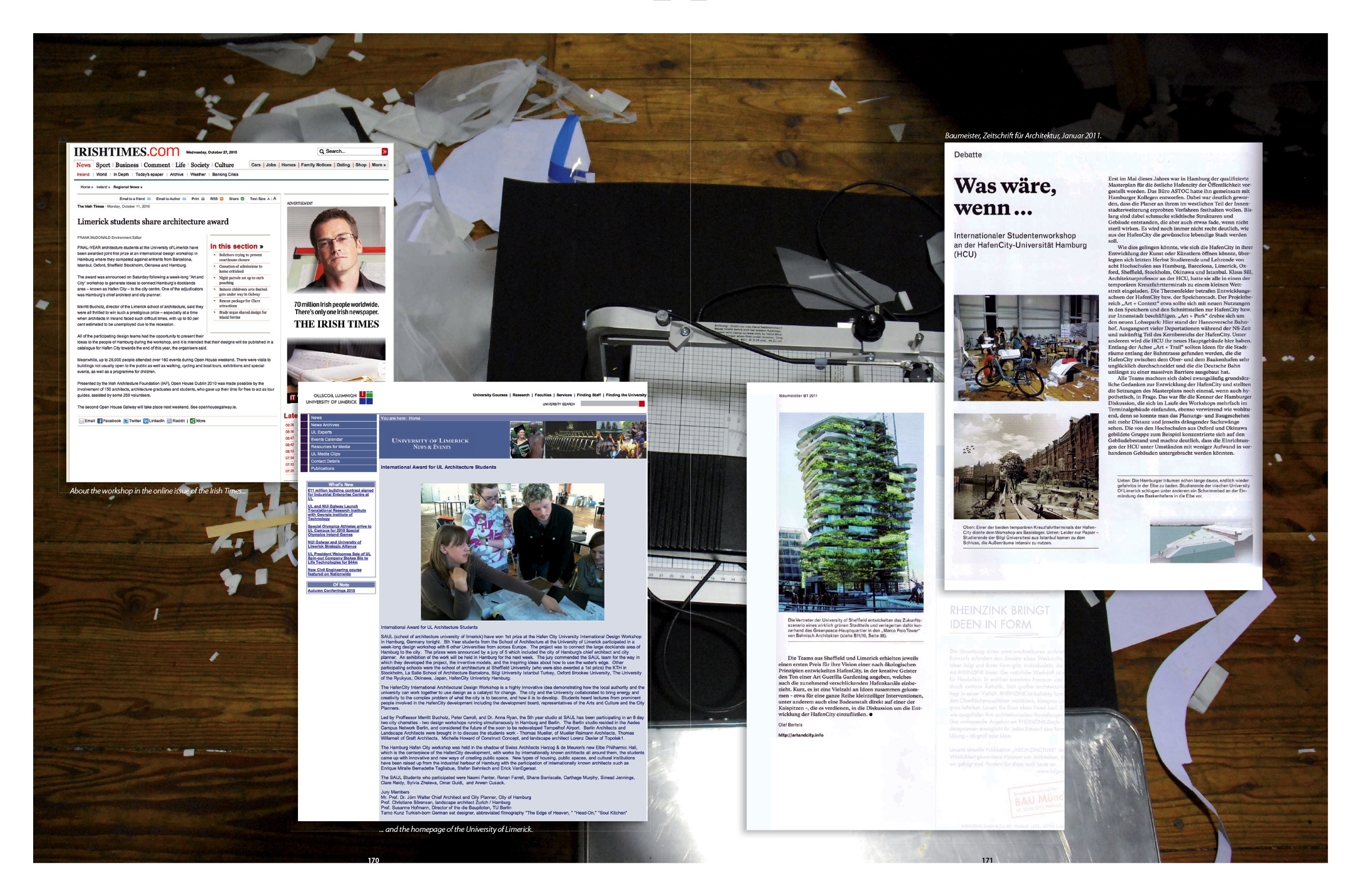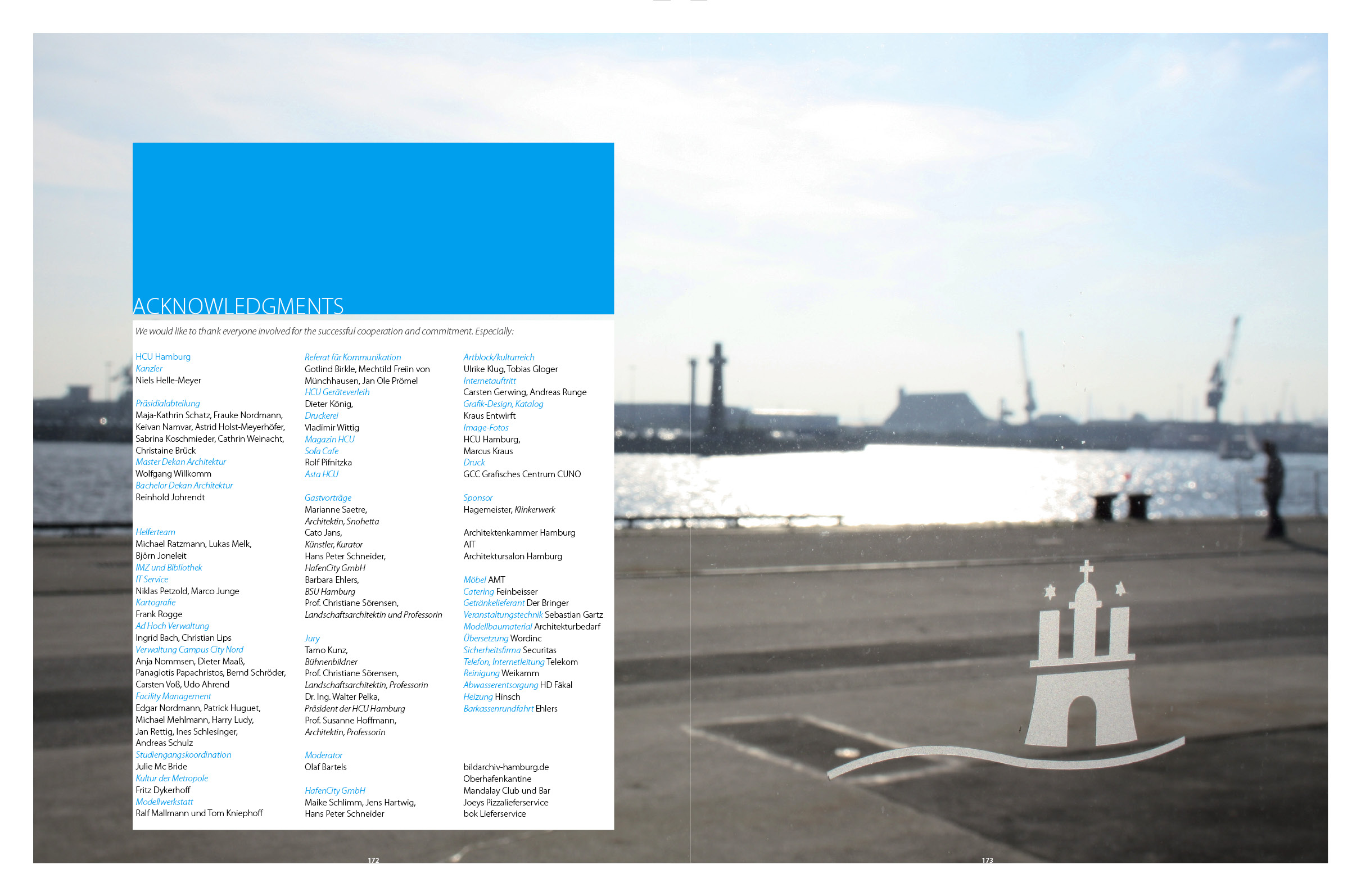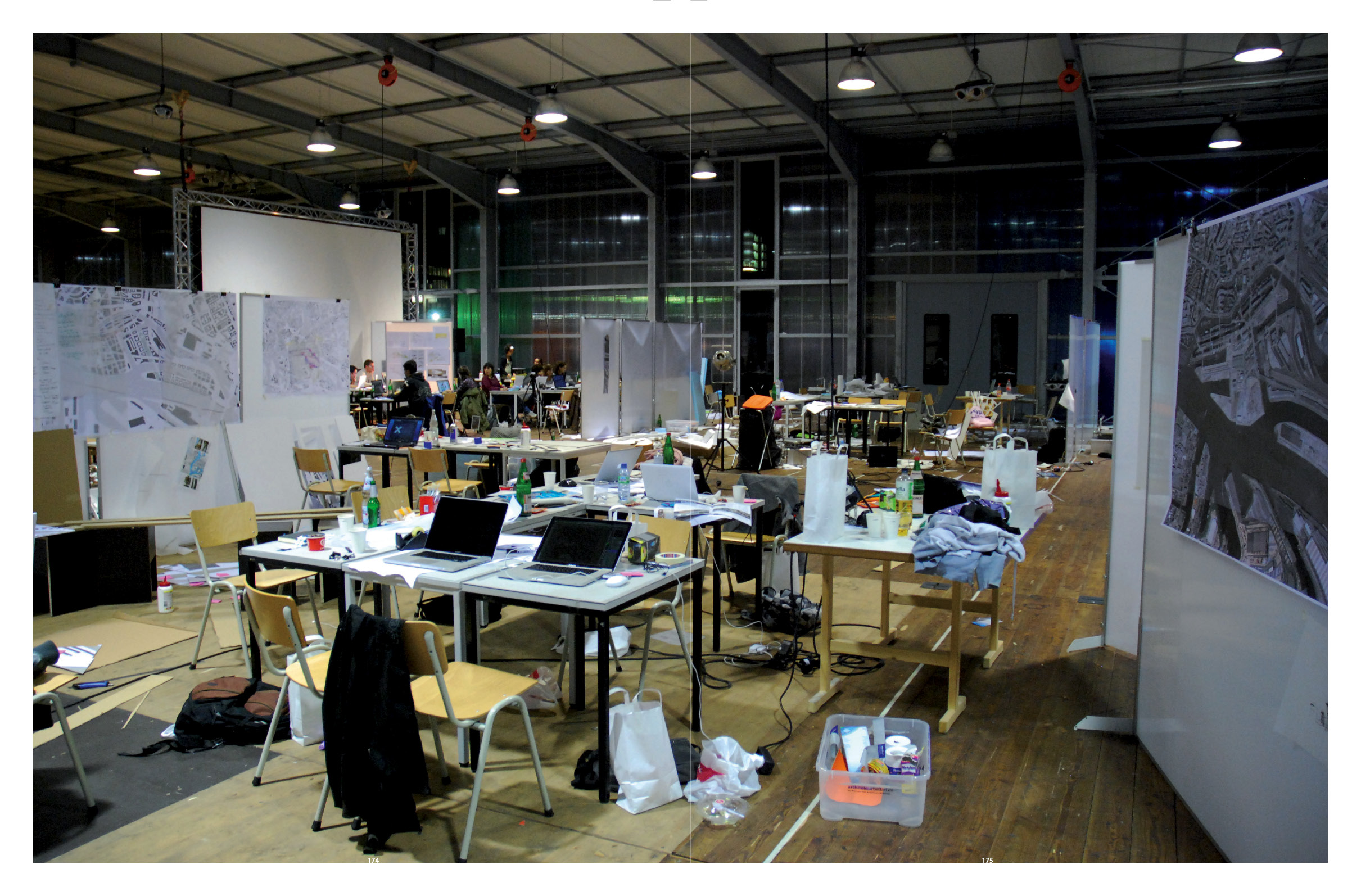Entstanden im Rahmen der Lehrtätigkeit an der HCU Hamburg im Fachgebiet Konzeptionelles Entwerfen und Gebäudelehre

We would like to thank everyone involved for the successful cooperation and commitment. Especially:
HCU Hamburg
Kanzler – Niels Helle-Meyer
Gastvorträge
Marianne Saetre, Architektin, Snohetta
Cato Jans, Künstler, Kurator
Hans Peter Schneider, HafenCity GmbH
Barbara Ehlers, BSU Hamburg
Prof. Christiane Sörensen, Landschaftsarchitektin und Professorin
Moderator
Olaf Bartels
Sponsor
Hagemeister, Klinkerwerk
Architektenkammer Hamburg
AIT – Architektursalon Hamburg
HafenCity GmbH
Maike Schlimm, Jens Hartwig,
Hans Peter Schneider
The idea for this international design workshop for students of architecture was conceived in 2009. Several artists and gallery owners in Hamburg had been involved in projects in my design classes at the HafenCity University, where we came to discover many interesting connections relating to how a city and public spaces are perceived and interpreted, and how social and cultural demands are placed on urban spaces, cityscapes and memorable spots in cities as a result.
The name of the workshop – ART andCity – reflects the aim to explore these connections and to give future generations of architects in Europe the opportunity to take these ideas and incorporate them into design with a variety of interpretations.
Art, culture and city – The face of Hamburg is very much defined by the semi-circular Wallring, a landscaped strip along the old city wall. This area is occupied by public institutions that serve many different functions in public life related to art, culture, science and society. Their concentration around the Hamburger Kunstmeile (‘art mile’) located between Binnenalster and Deichtor was a deciding factor for the design workshop and was also the basis of most of the questions that the participants were presented with:
– How can the Wallring be further developed south of Deichtor out towards HafenCity?
– What will contemporary interpretations of traditional cultural institutions in the Wallring area look like in the HafenCity of the future – what urban developments, landscape architectural designs and architectural visions and ideas are feasible?
In October of 2010, 100 master‘s students, their professors and assistants came to Hamburg from all over Europe. Fourteen master‘s student from the Bilgy University in Istanbul came under the direction of Murat Tabanlioglu and Meral Yilmaz; sixteen master‘s students and their professor Pedro Garcia Hernandez and his assistant Jordi Queralt Suau came from the La Salle Higher Technical School of Architecture in Barcelona. Nine master‘s students, Professor Merritt Bucholz and Peter Carroll from came from SAUL, the School of Architecture in Limerick, Ireland; and seven master‘s students and their professor Prue Chiles came from the Sheffield School of Architecture in England. Four master‘s students also came from the Oxford Brookes University in England under the direction of Thomas Arnold and Titus Spree from the University of the Ryukyus in Japan. And last but not least, nine master‘s students and professors Bojan Boric and Björn Ahrenby came from the KTH School of Architecture and the Built Environment in Stockholm.
The idea was that the various cultural backgrounds of the individual participants and the diverse teaching concepts at the invited universities would provide an exciting basis for a wide range of suggestions and design concepts. This assumption proved to be absolutely correct – from the creative process, to the way that tasks were approached and how results were presented: For 10 days the grounds of Cruise Terminal 2, which measure 800 square meters, in the middle of the HafenCity project area became a design workshop for the participants from the seven universities. It was a stimulating and scintillating atmosphere of thought, discourse and creativity: The dissecting model collages from Limerick; the meticulously prepared analysis sheets from Stockholm; the room installations from Oxford and Okinawa; the precise curved lines in the drawings of the students from Barcelona; the fascinating collages from Sheffield and the impressive implications of the intricate urban development details and ideas from Istanbul, as well as models built on a 1:1 scale by the students from Hamburg all offered a large number of young, fresh ideas and concepts for the Hamburger HafenCity. Holding this workshop, the HCU sees itself as an idea generator and catalyst for raising questions regarding the current urban context of its future location in the HafenCity. And when Hamburg journalist Olaf Bartels begins his article about the workshop, which was published in a renowned German architecture magazine, with the heading “What if…“ then we know that one of our goals has already been reached!

